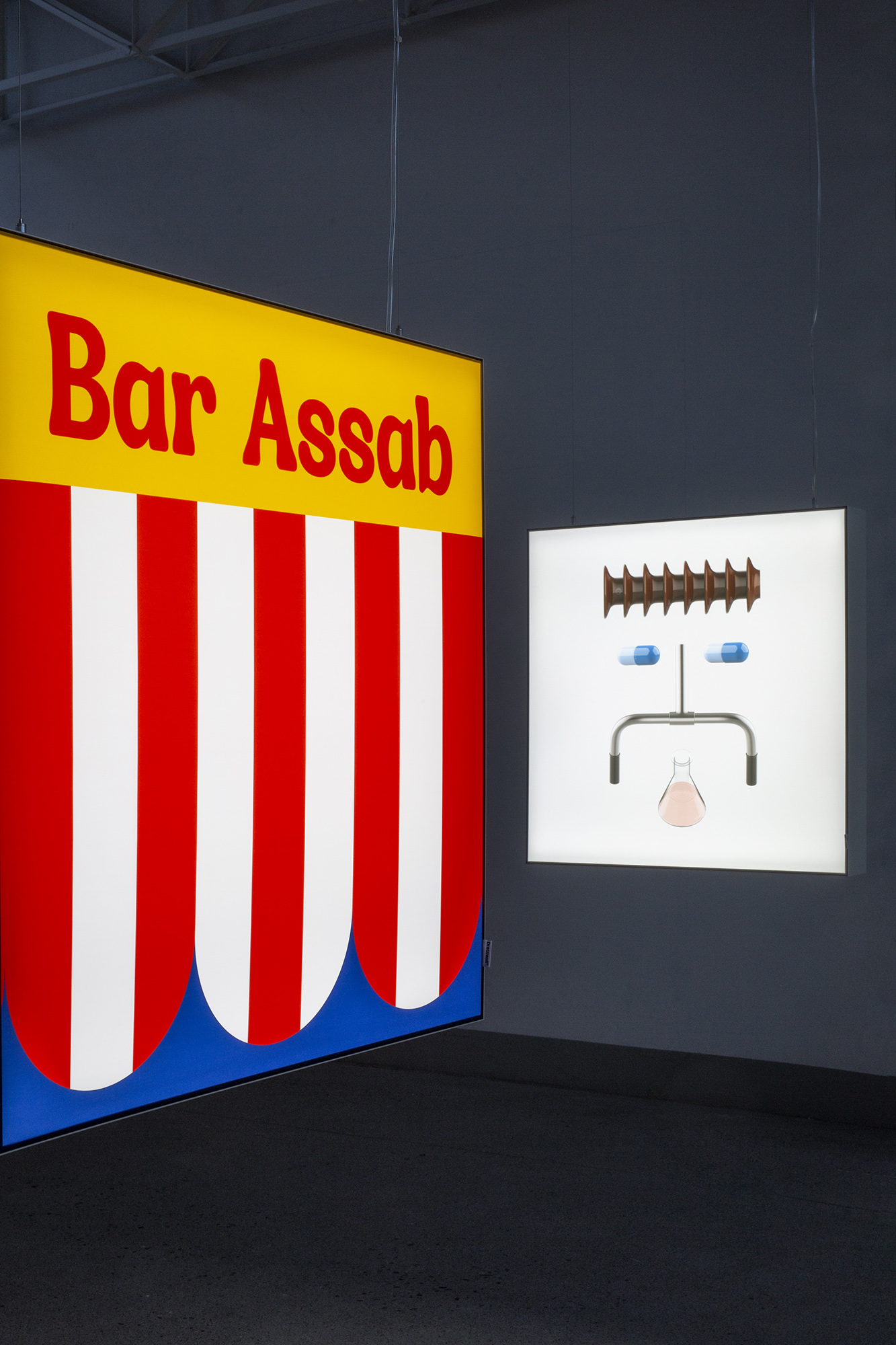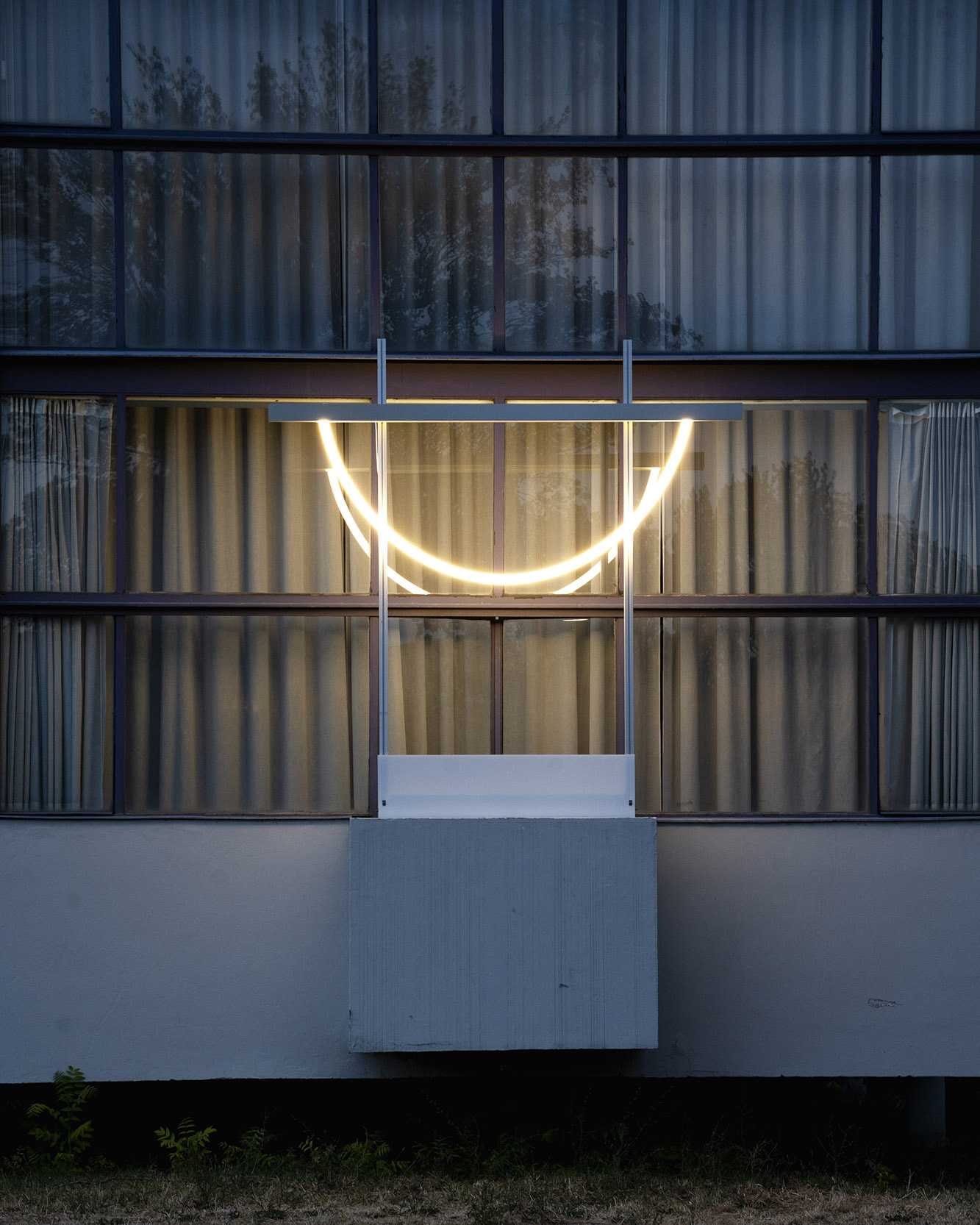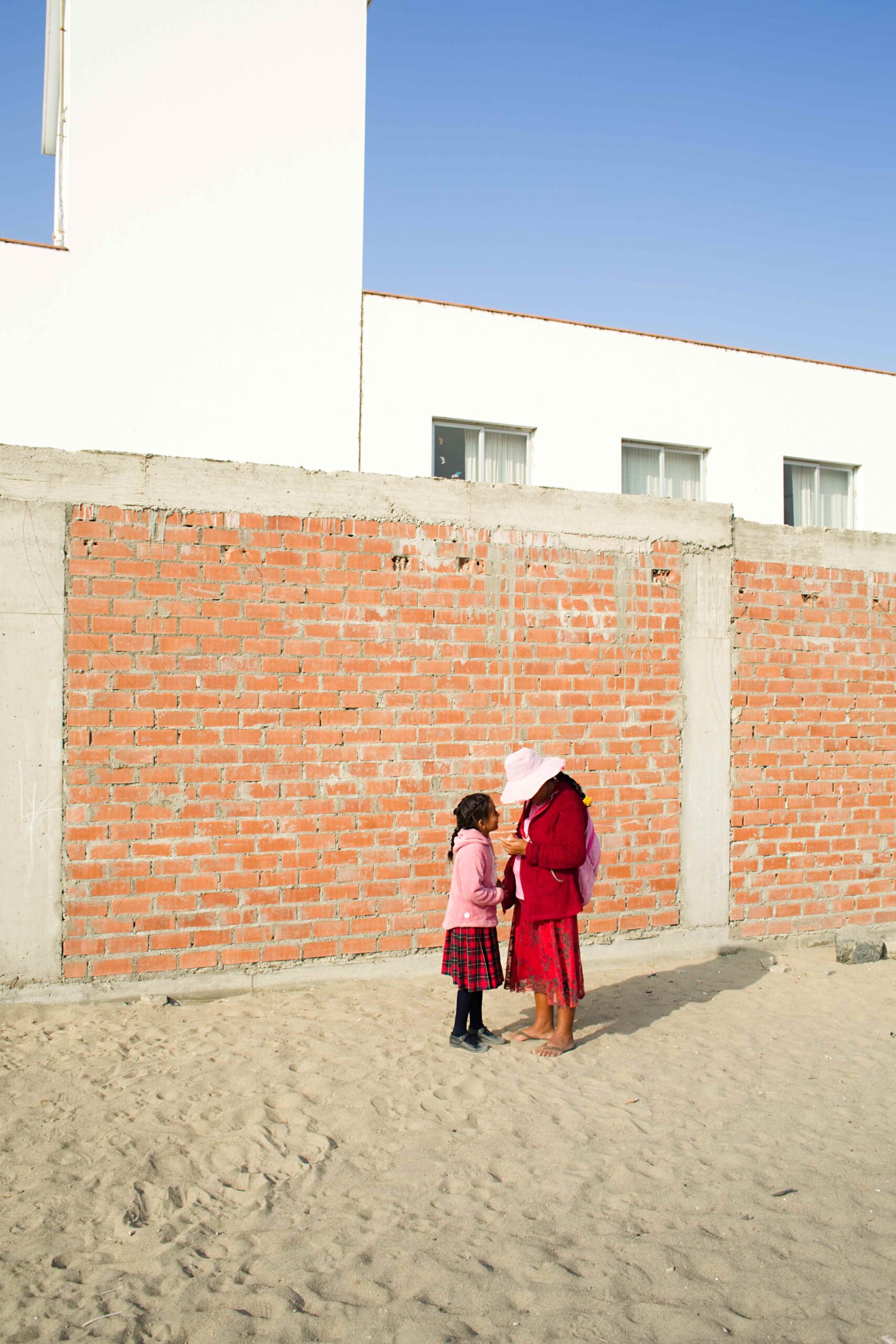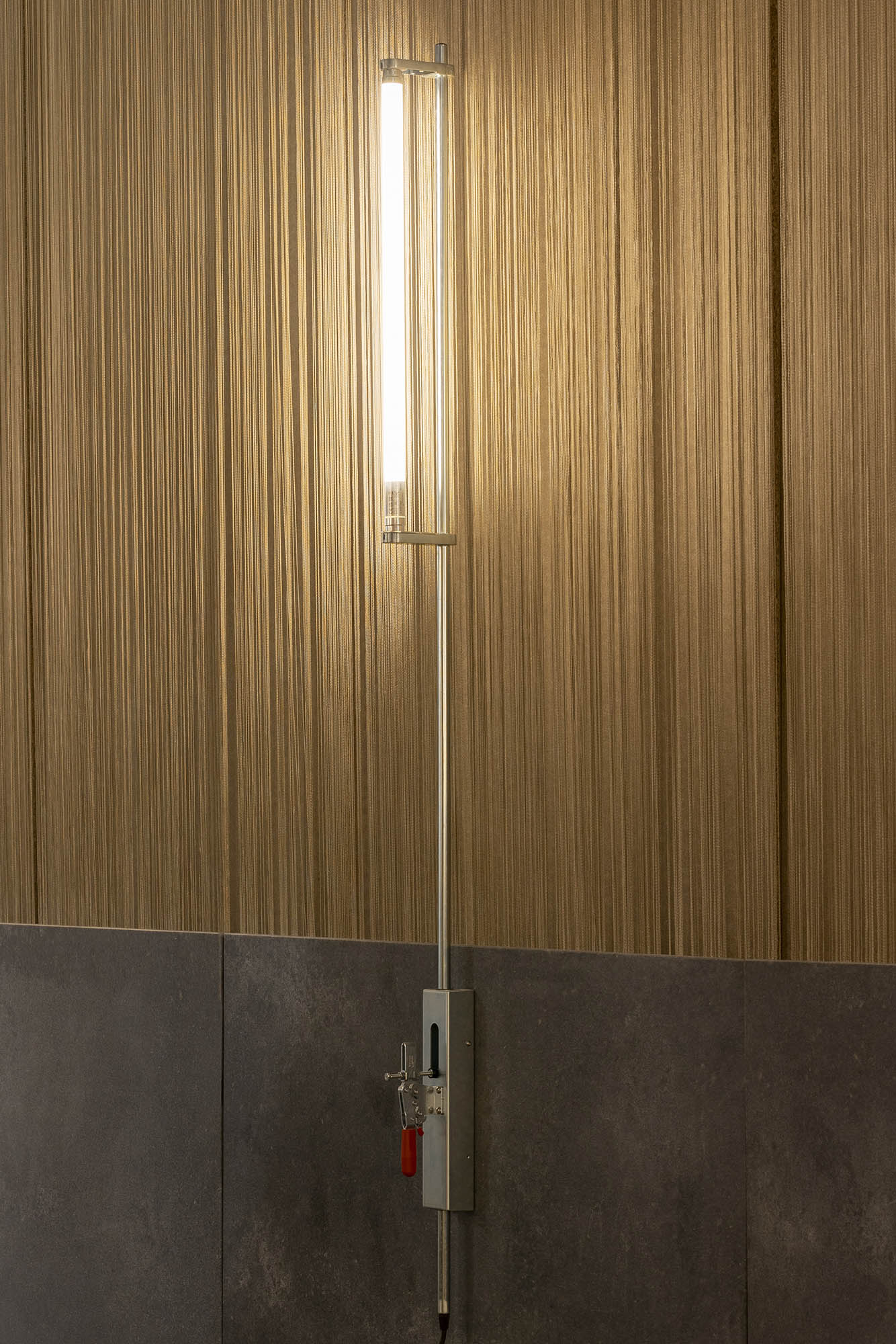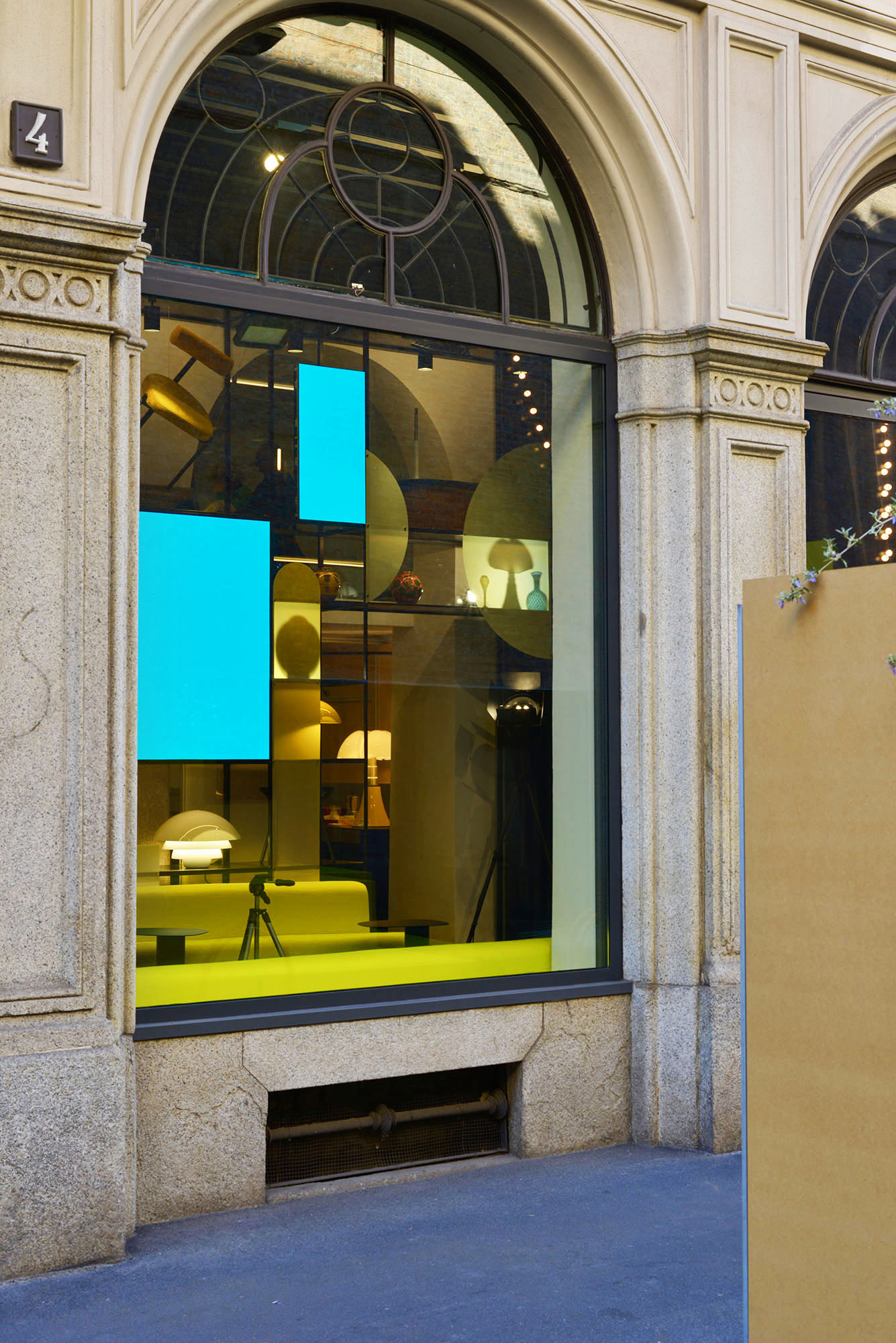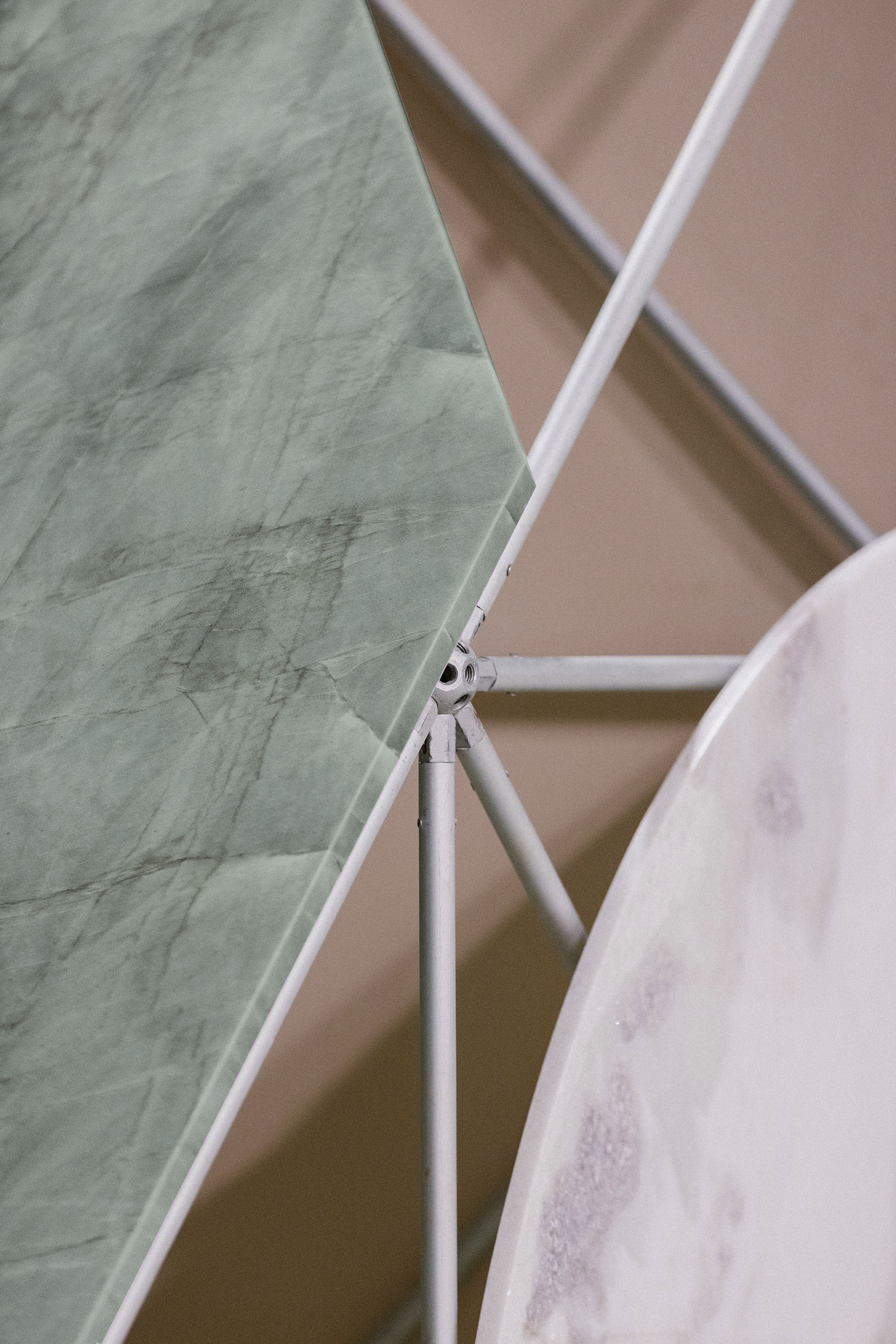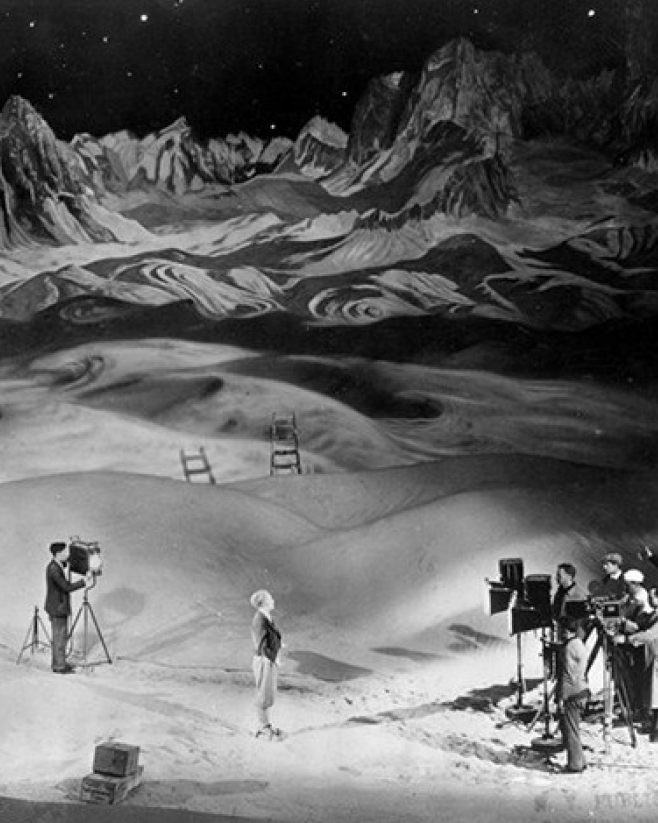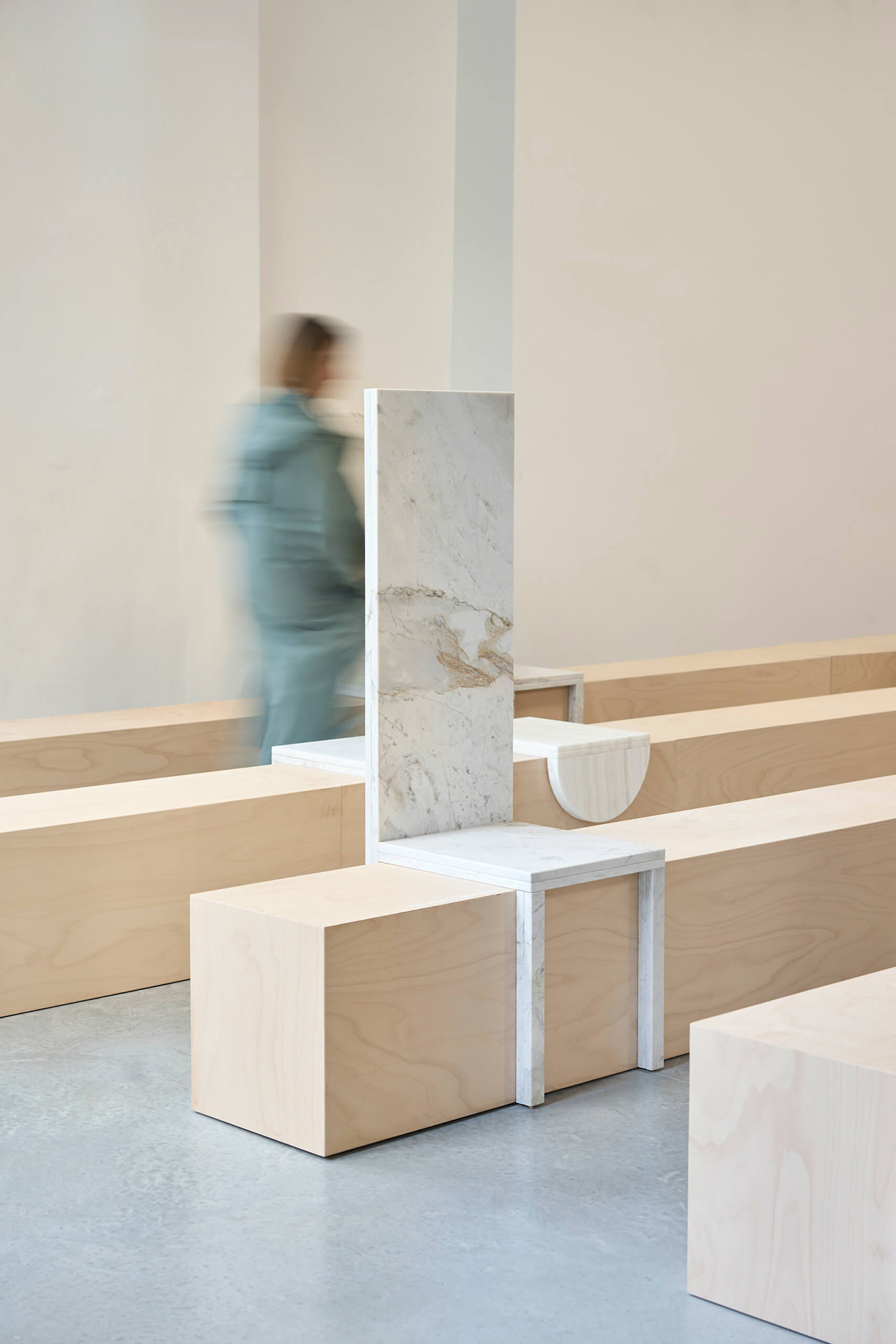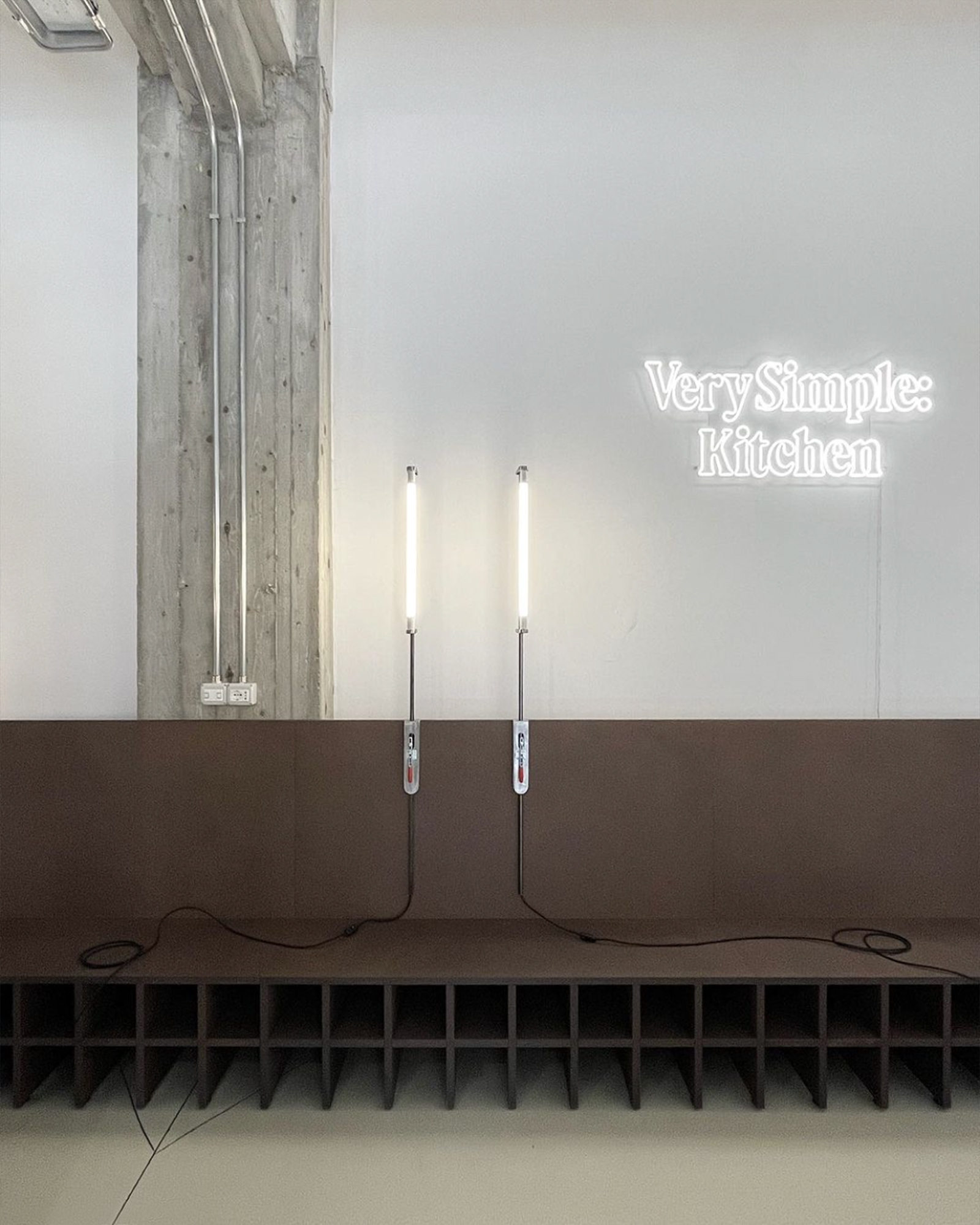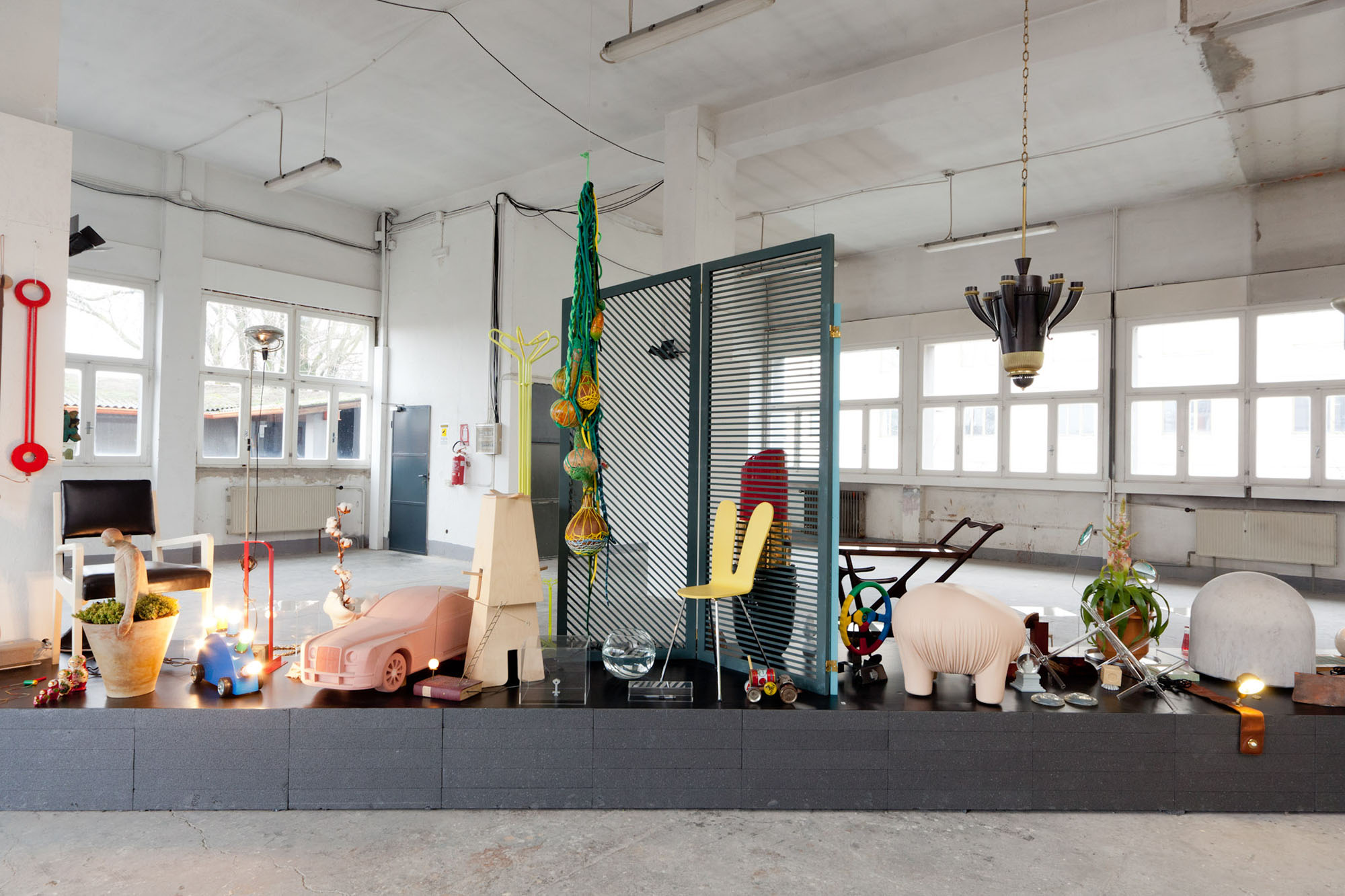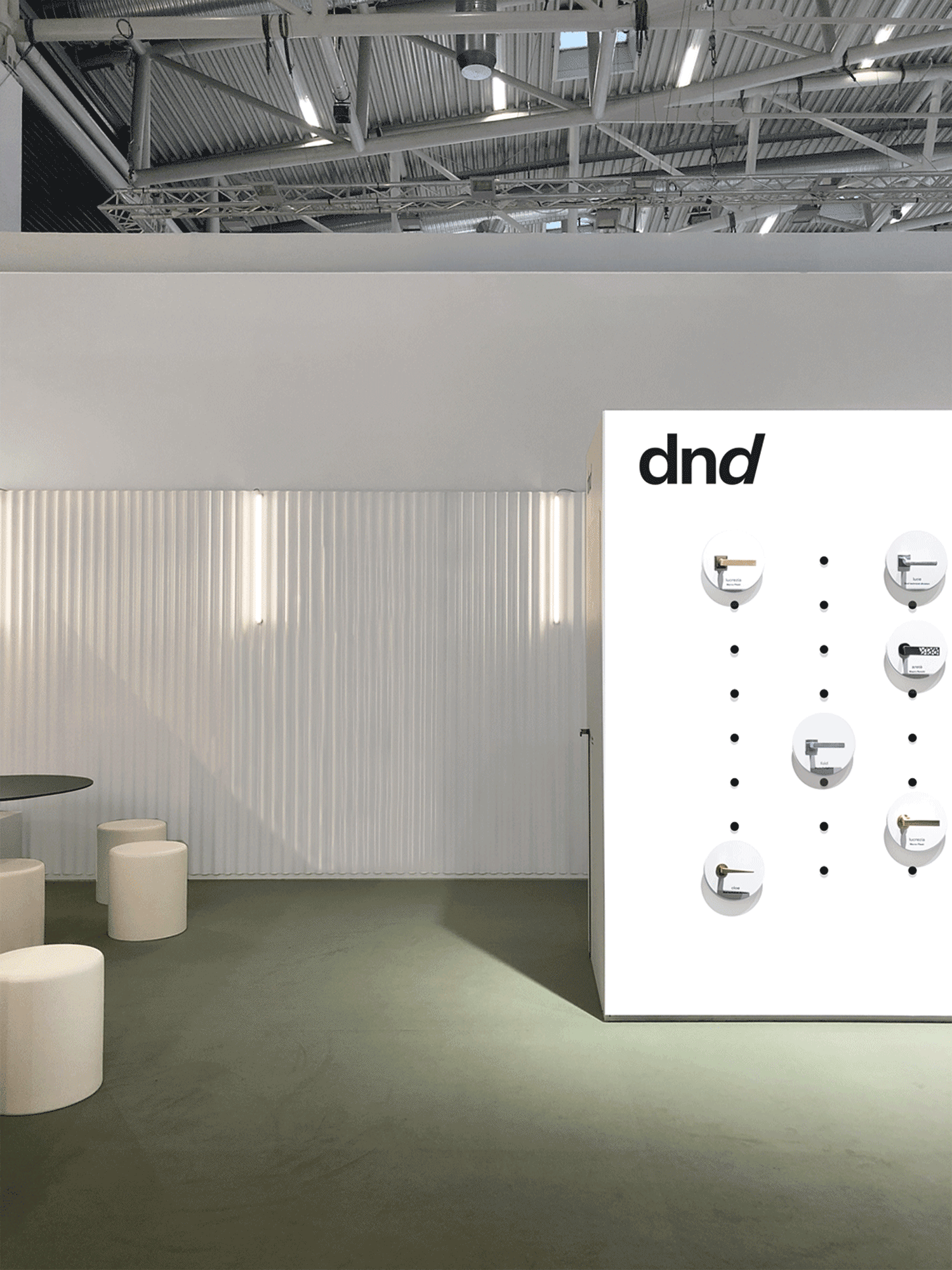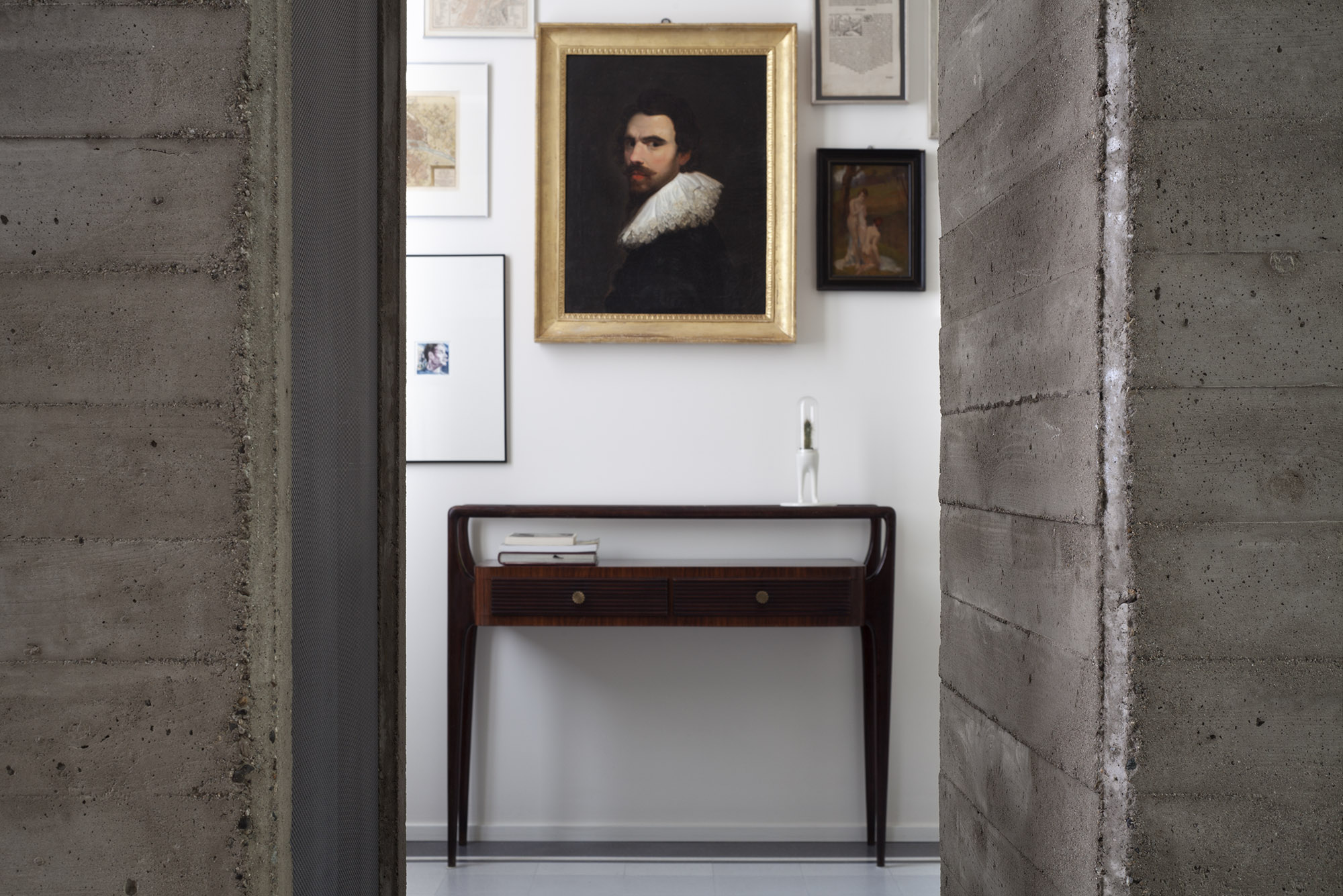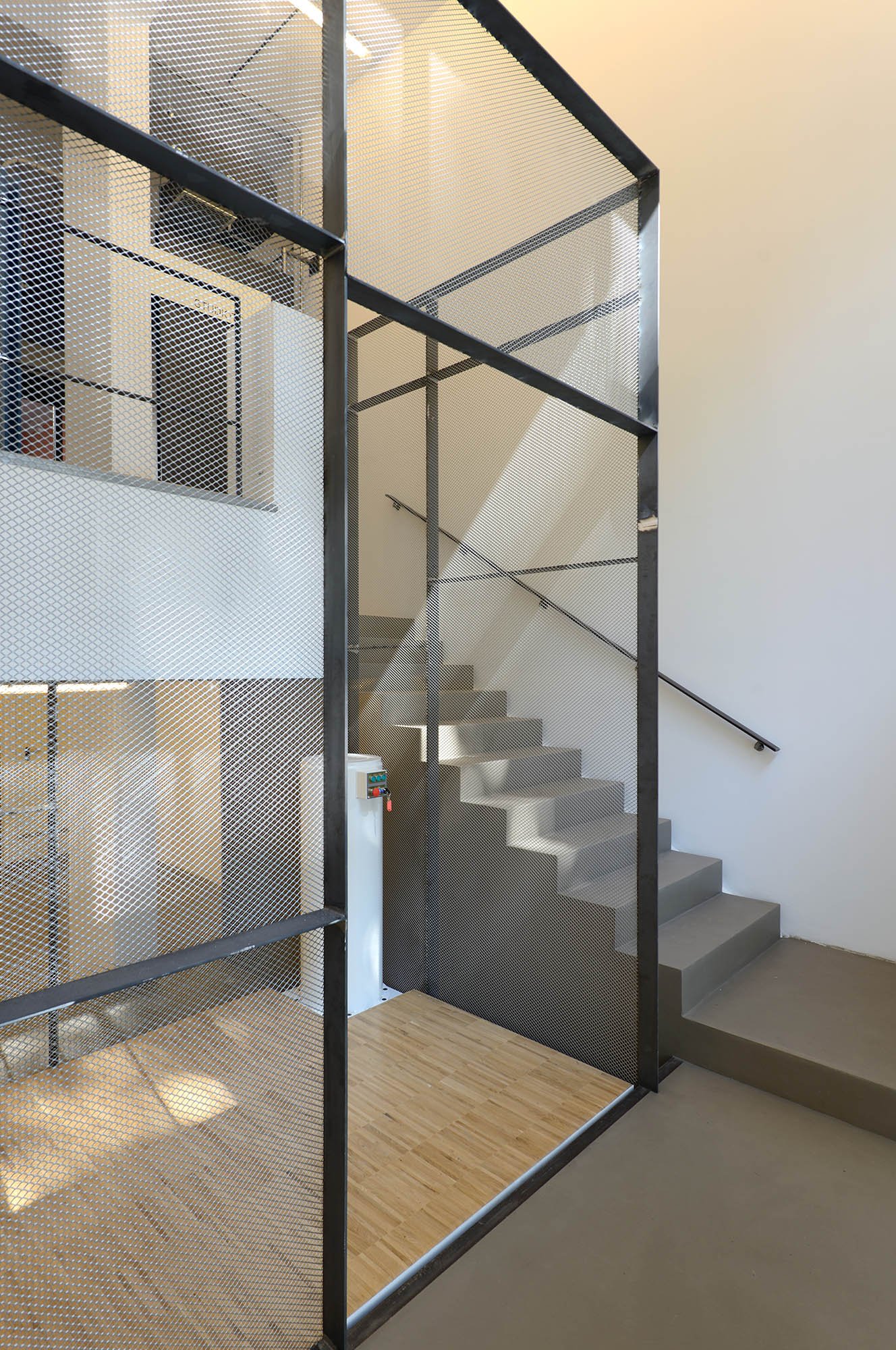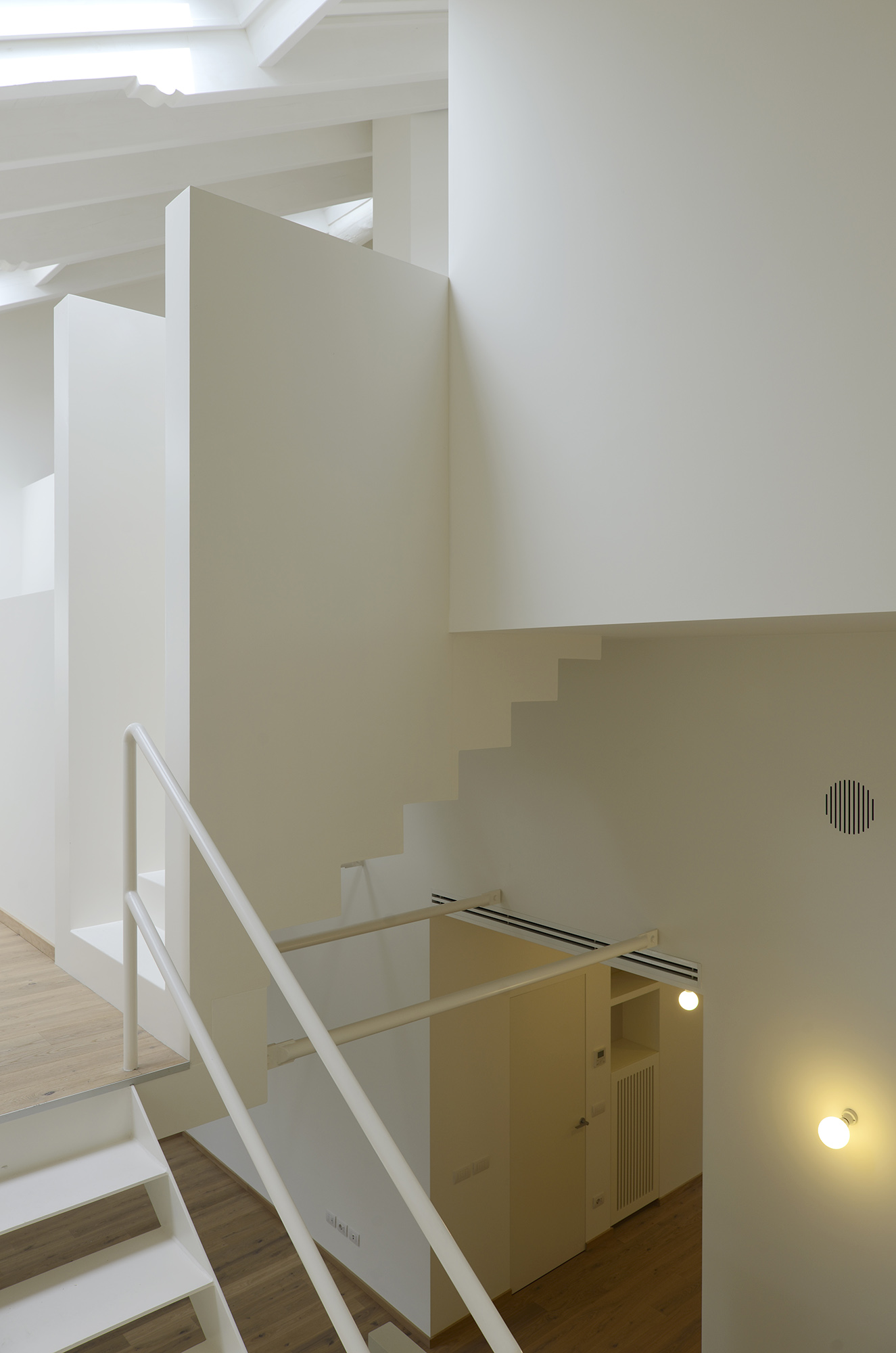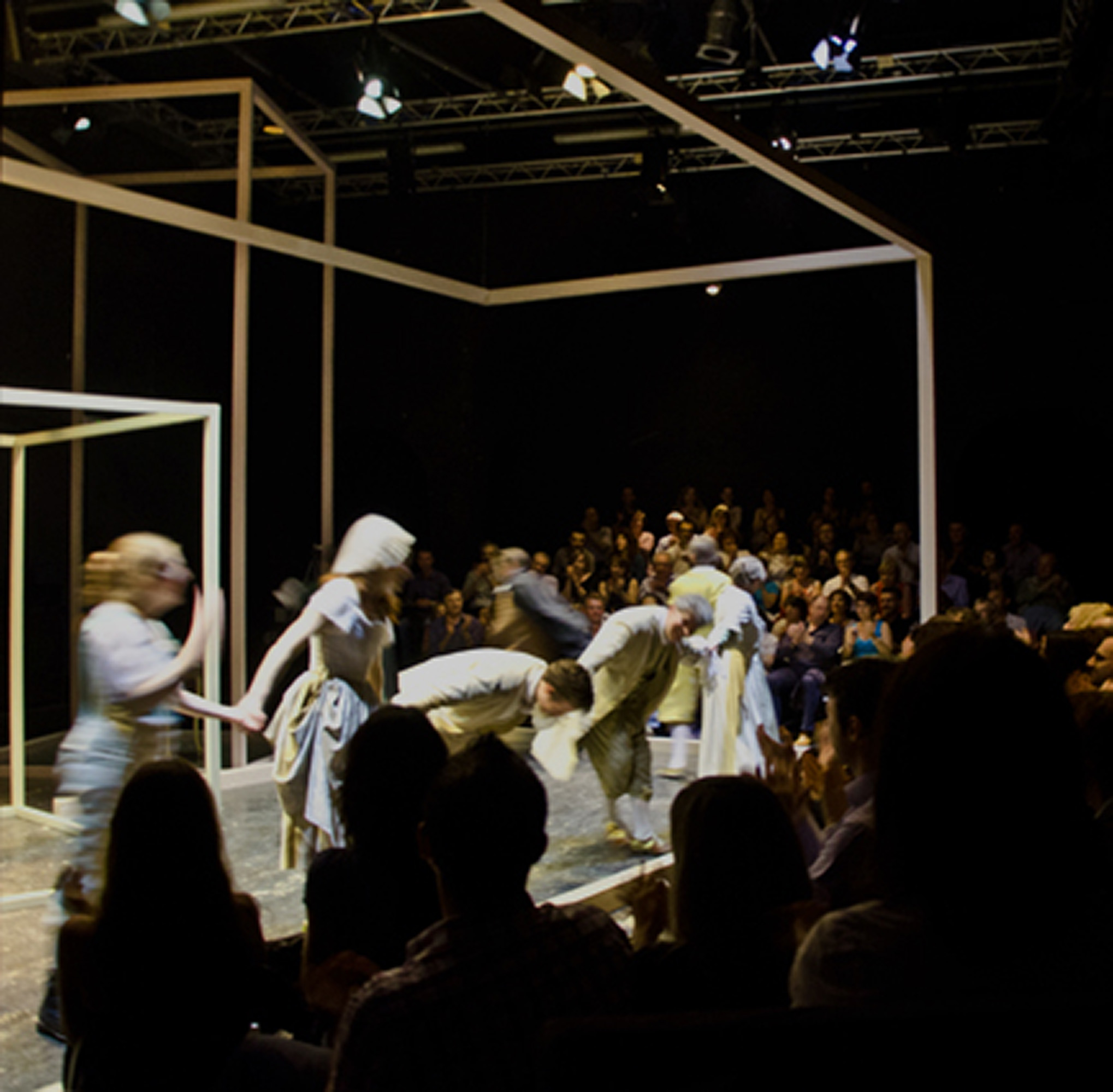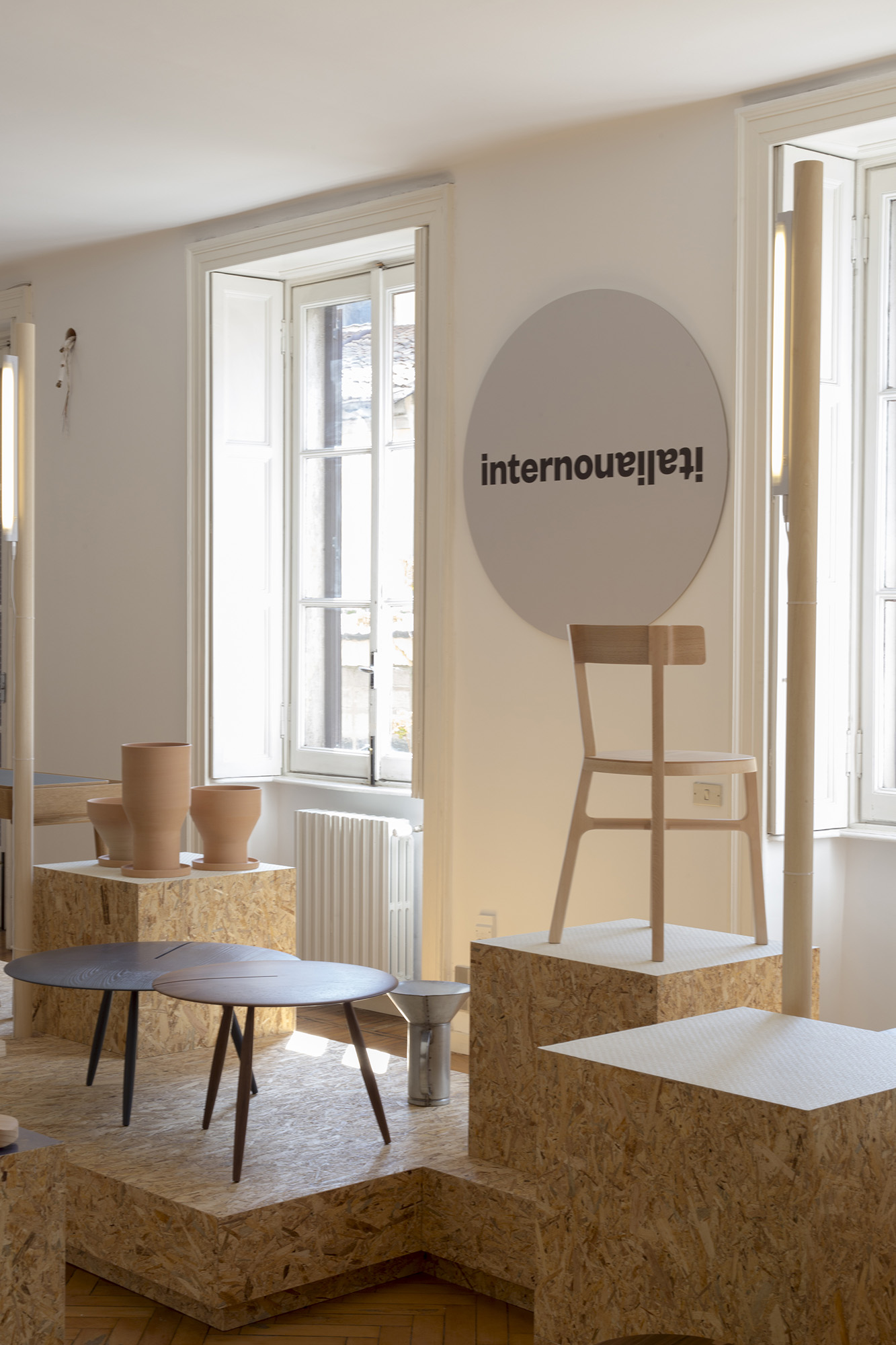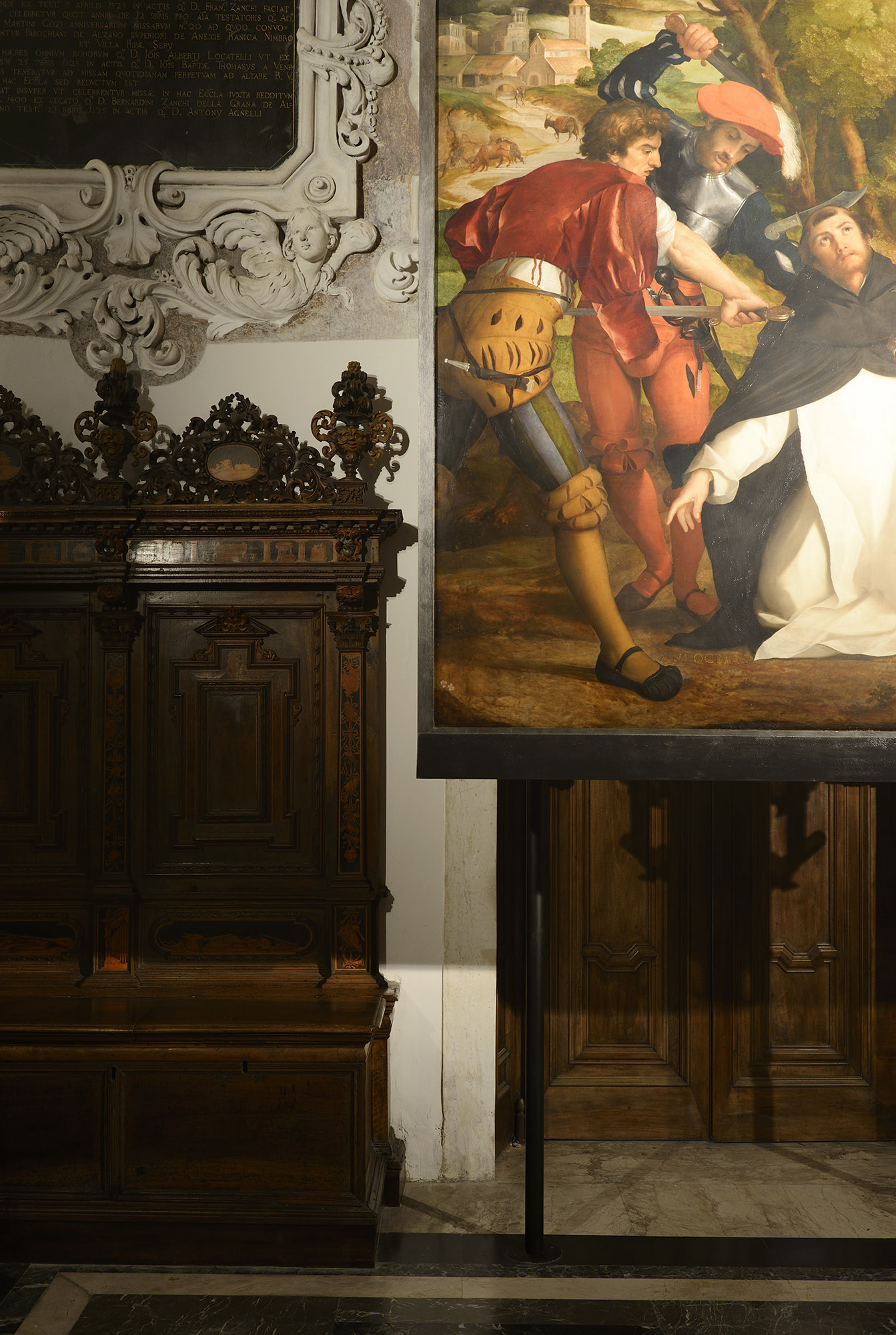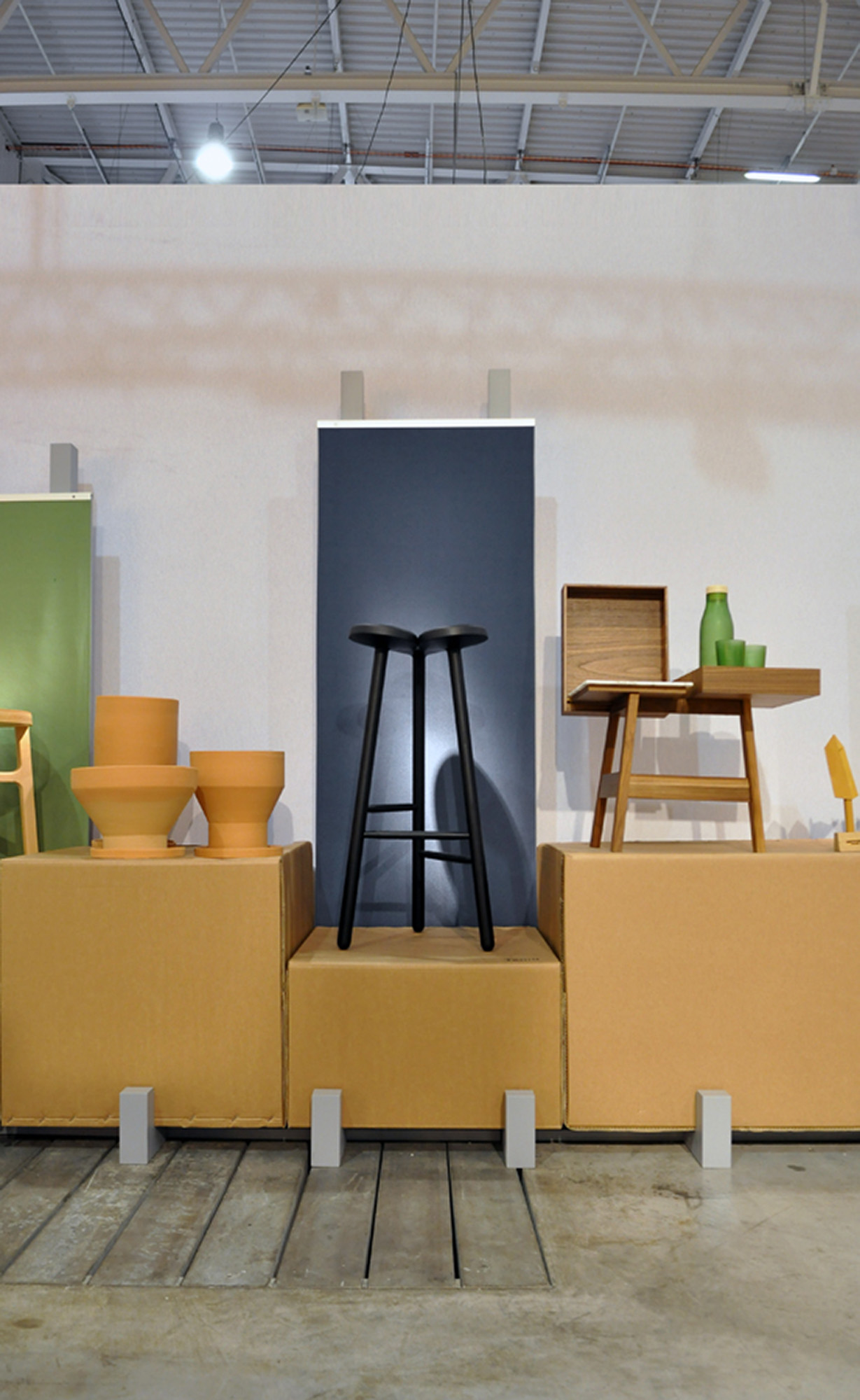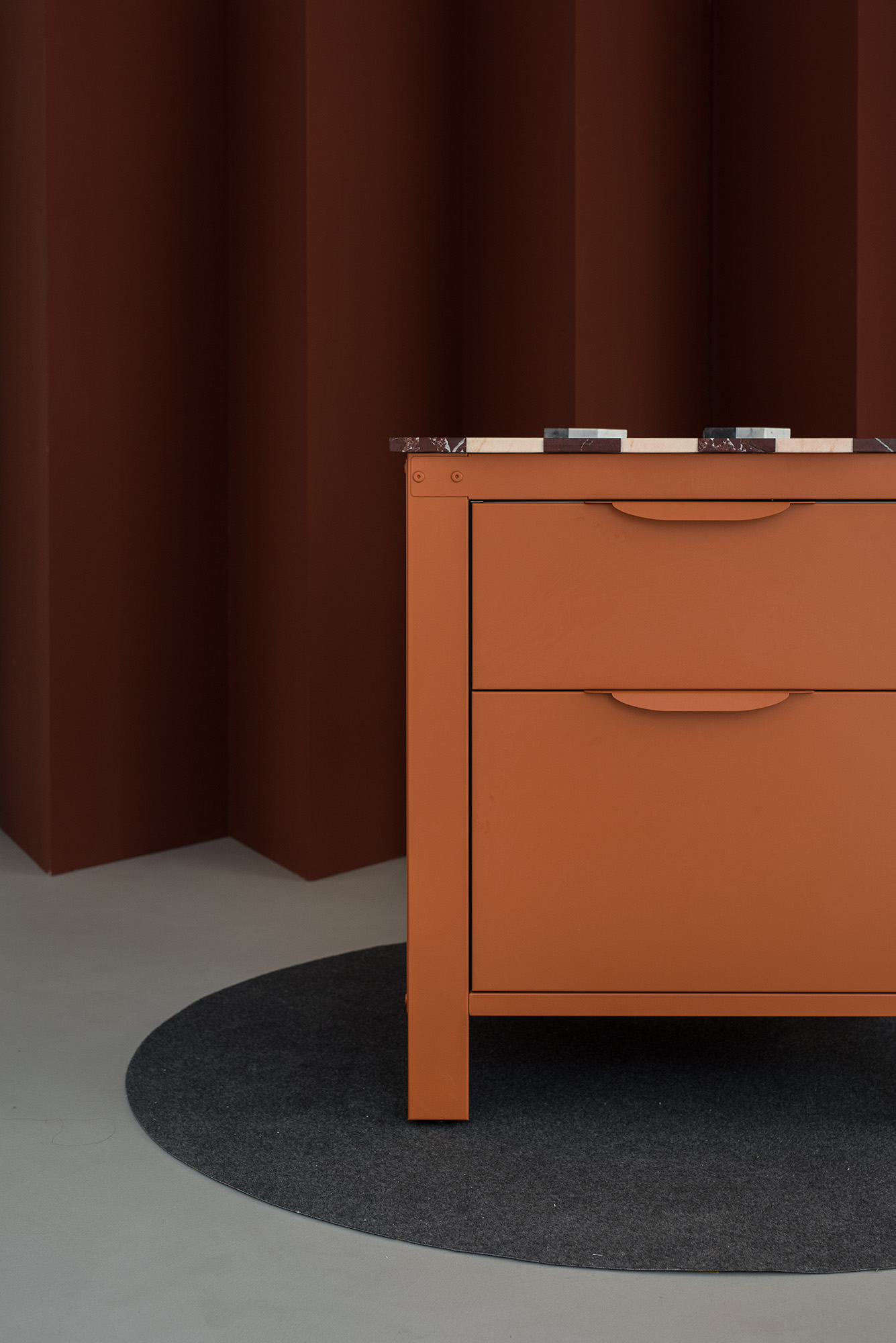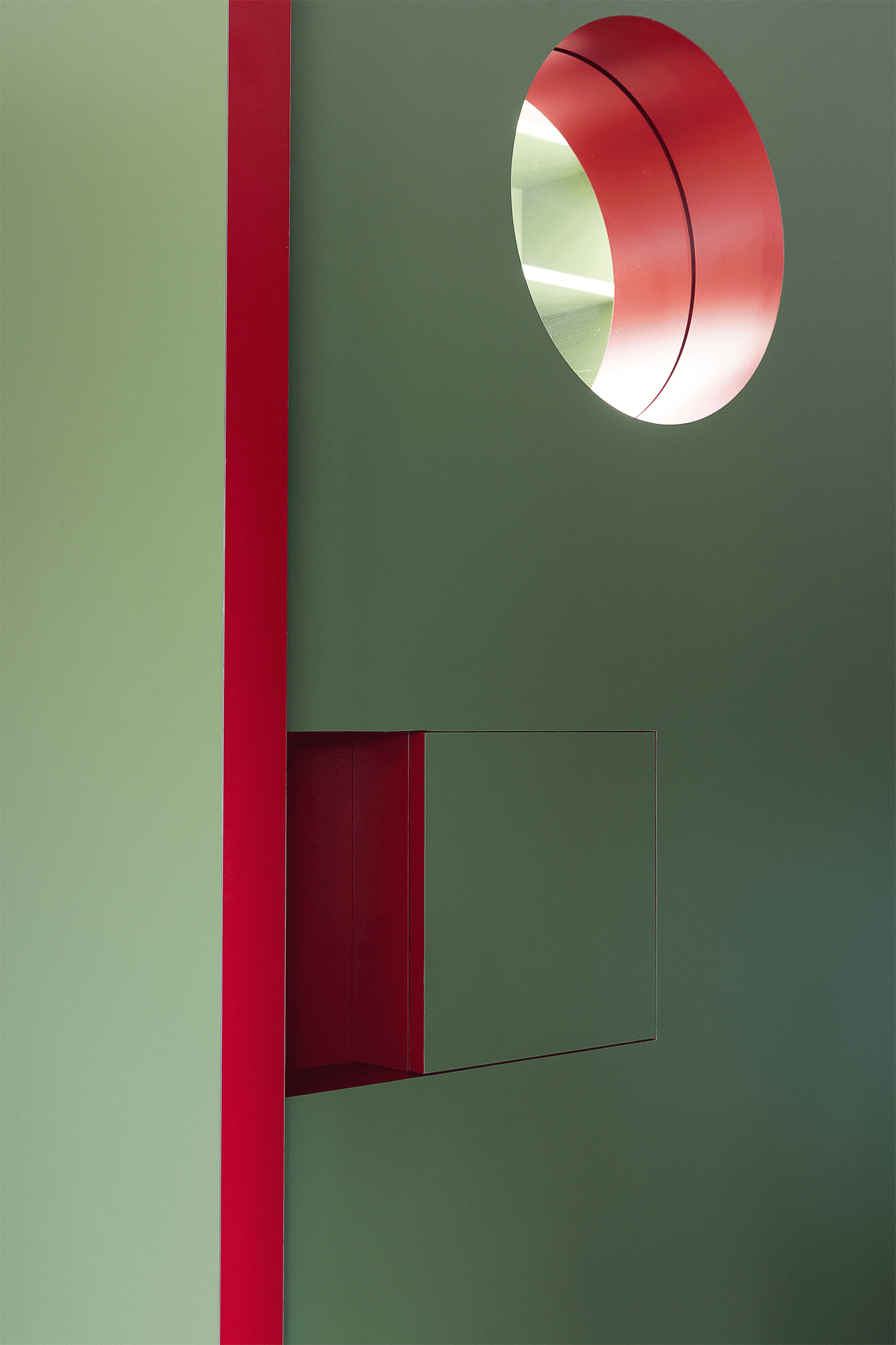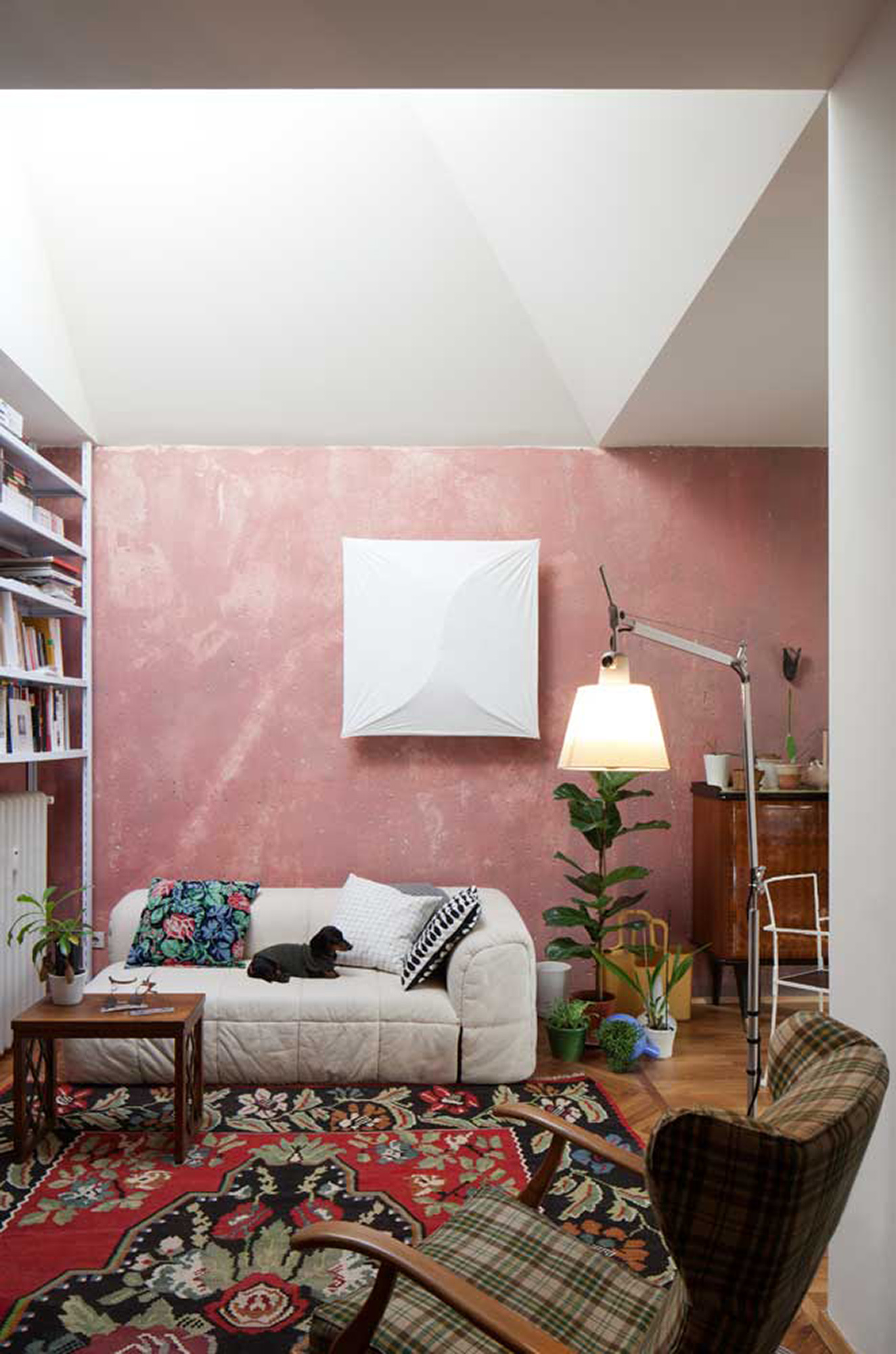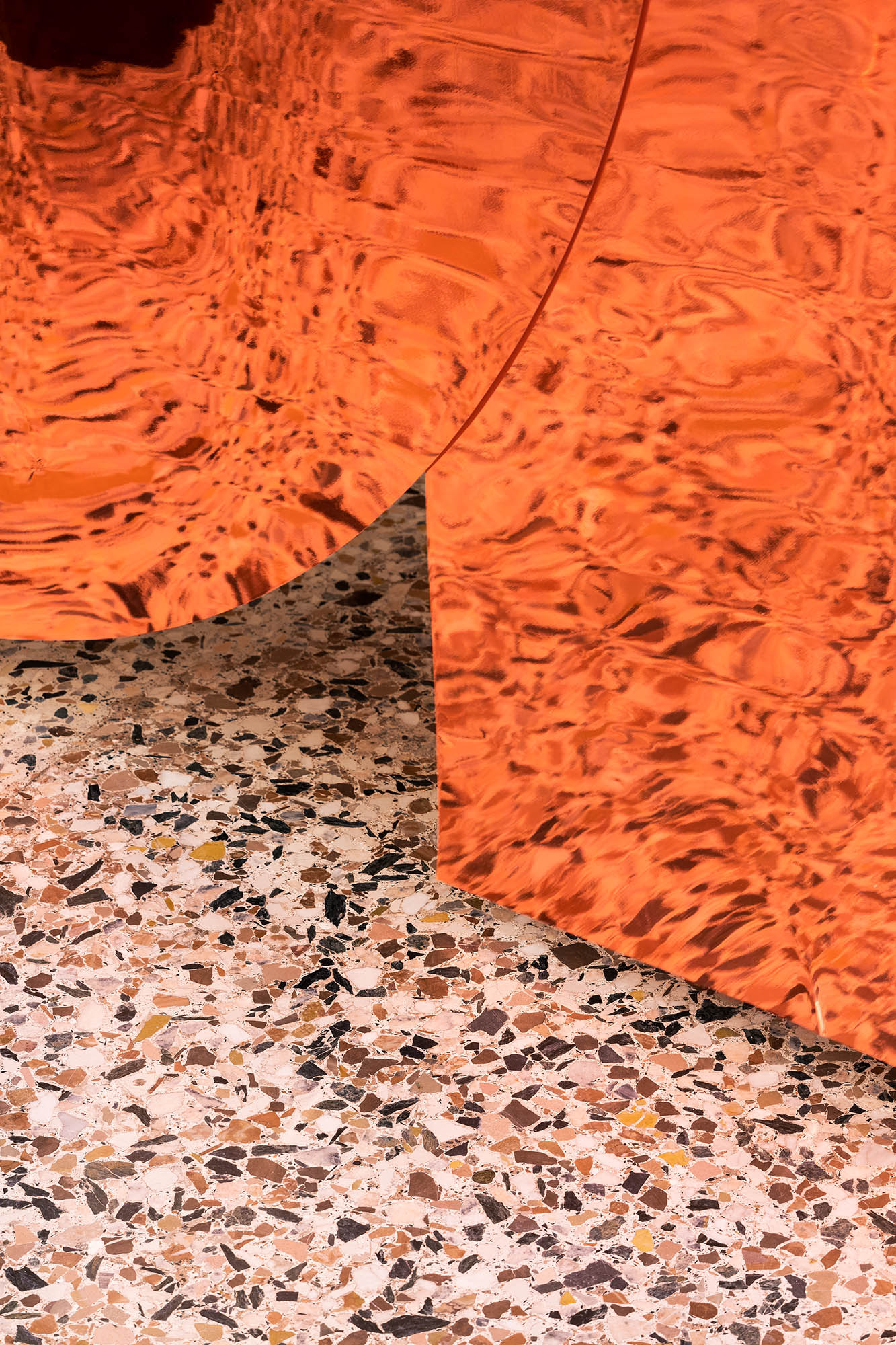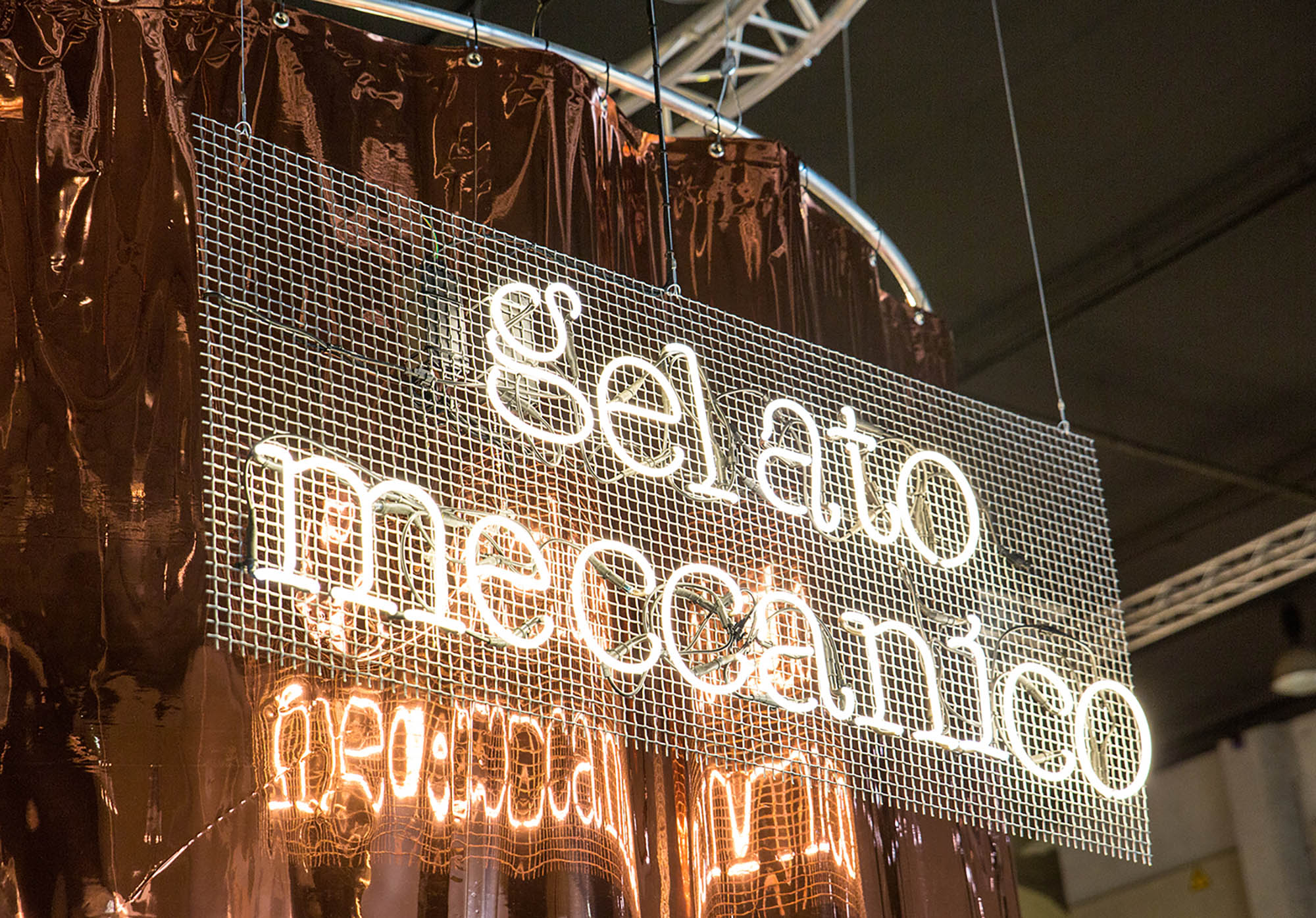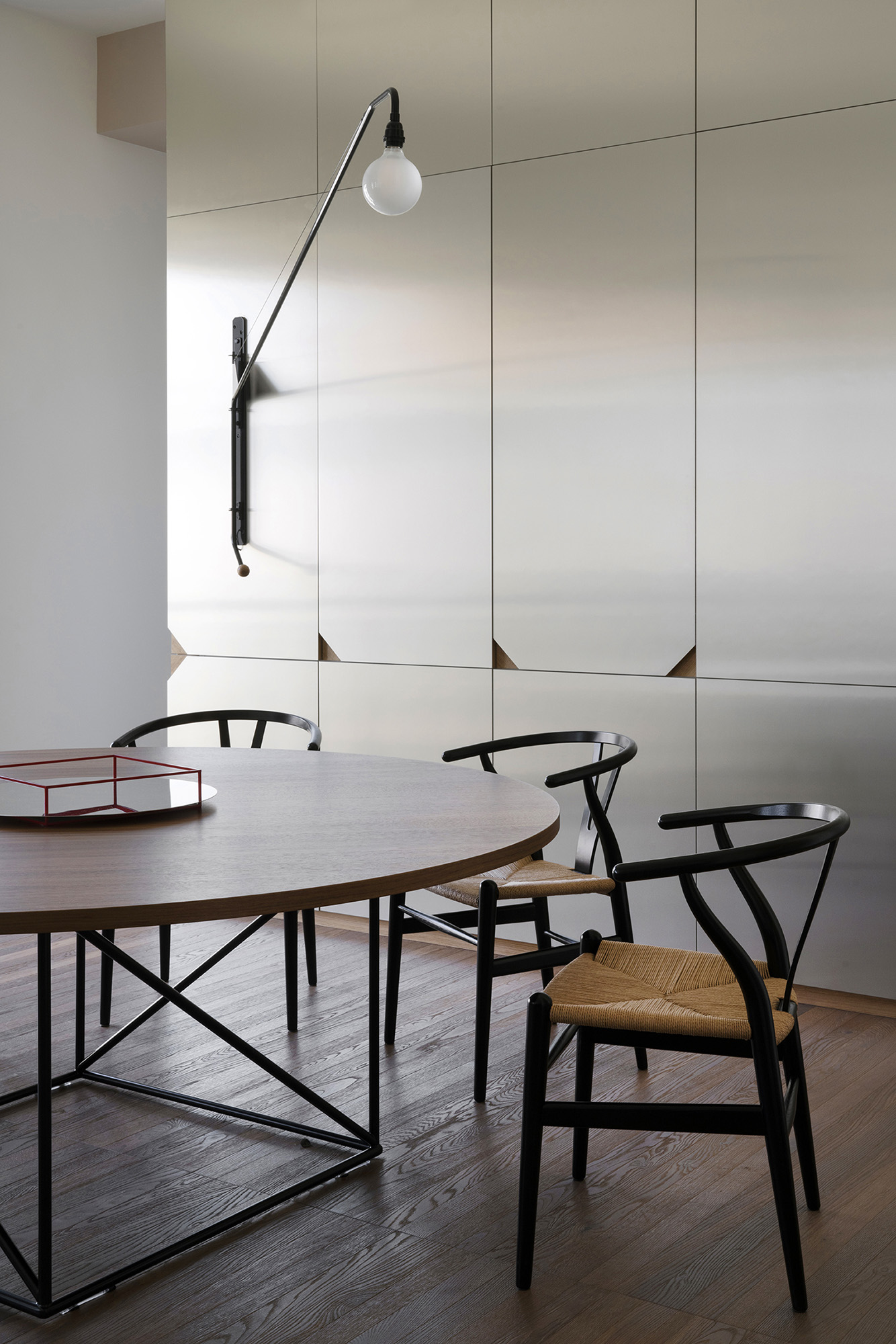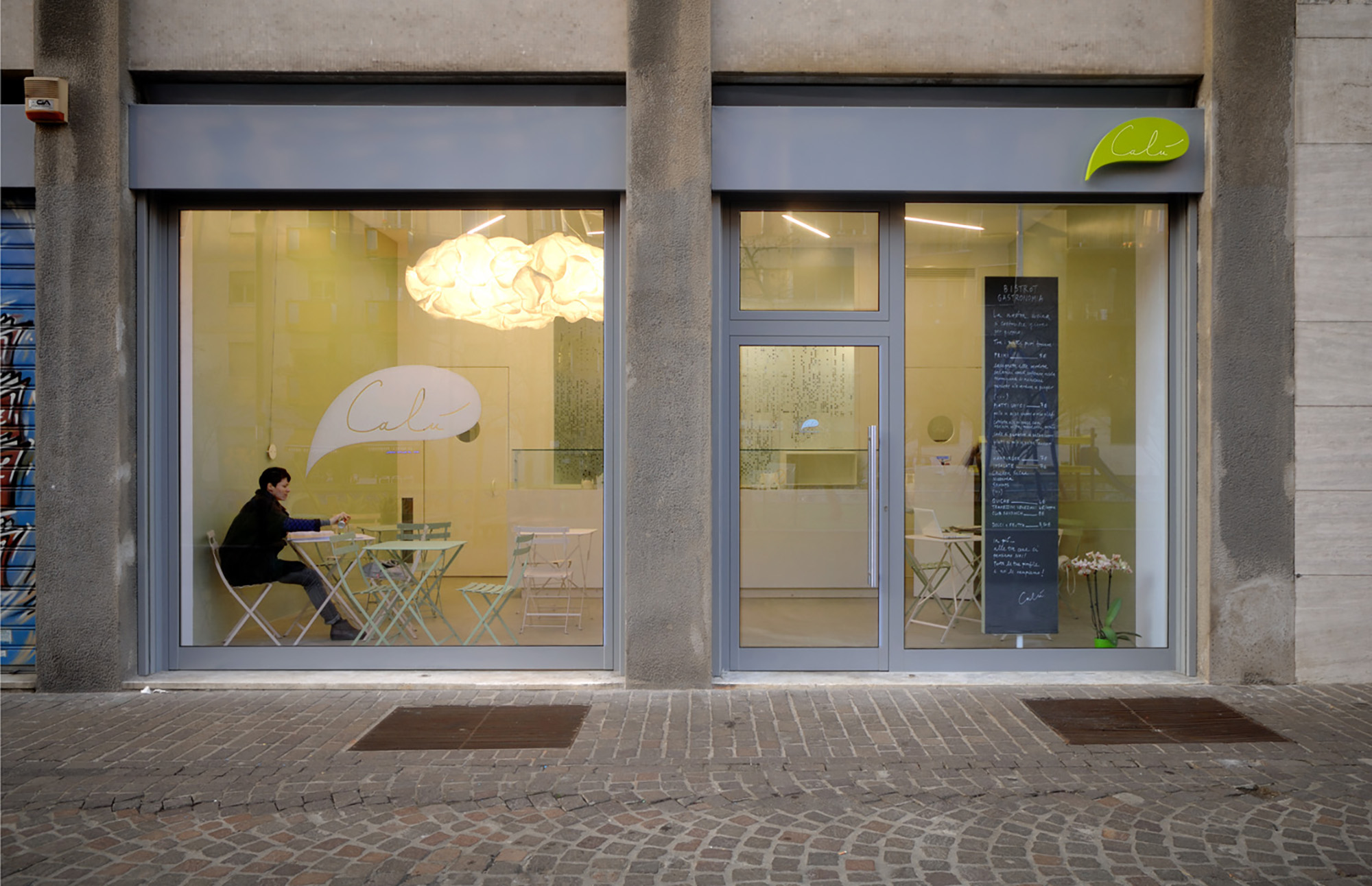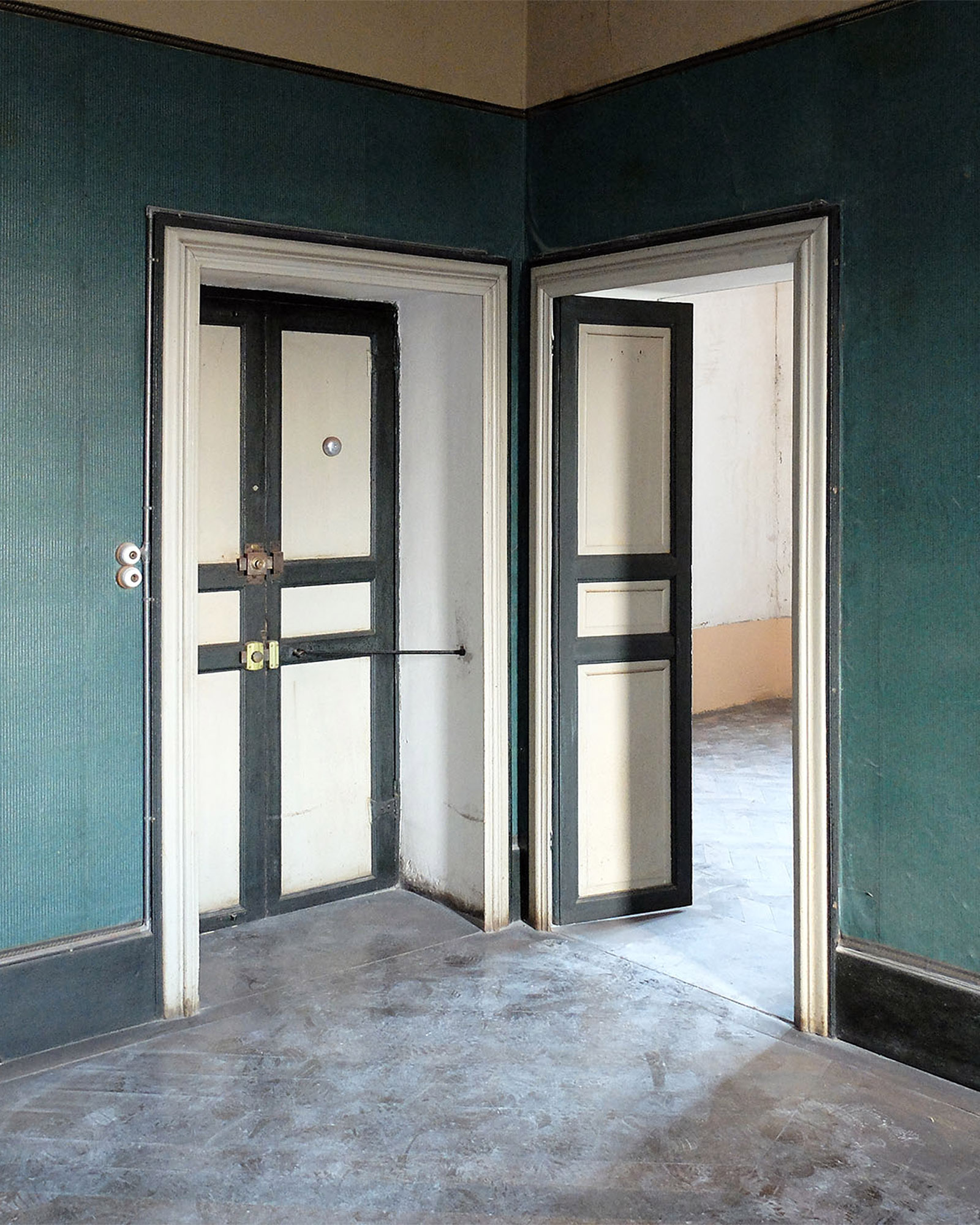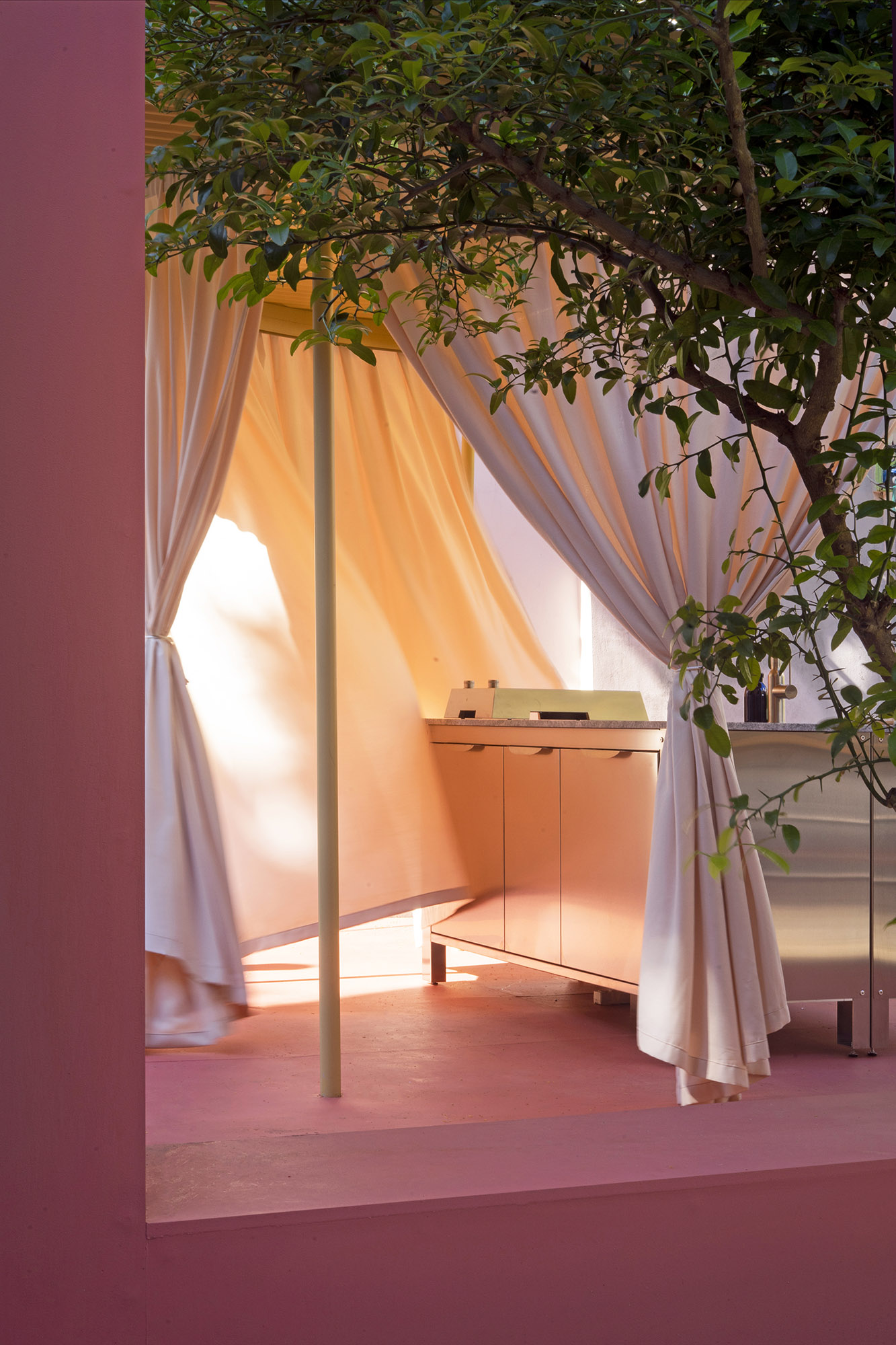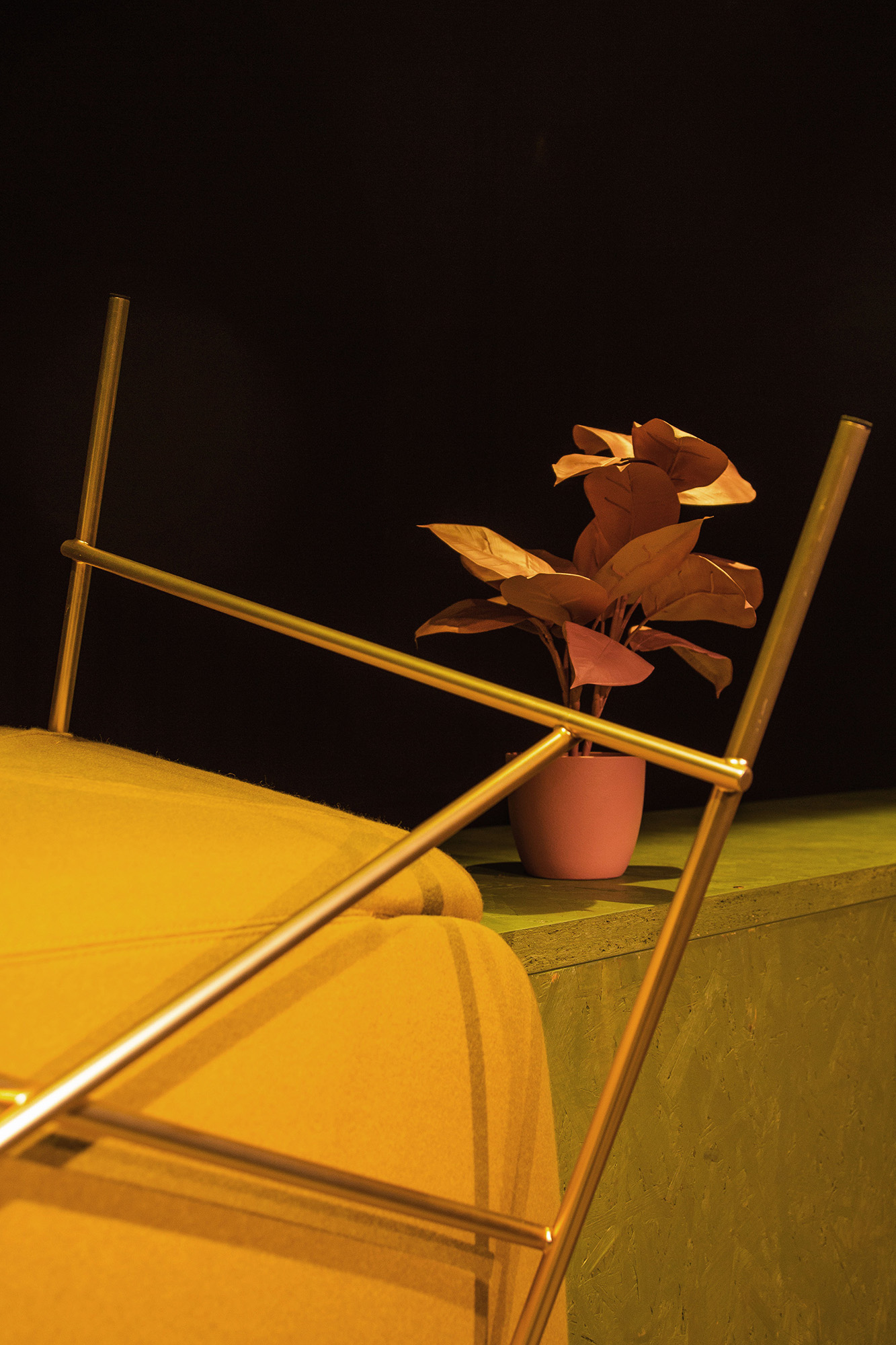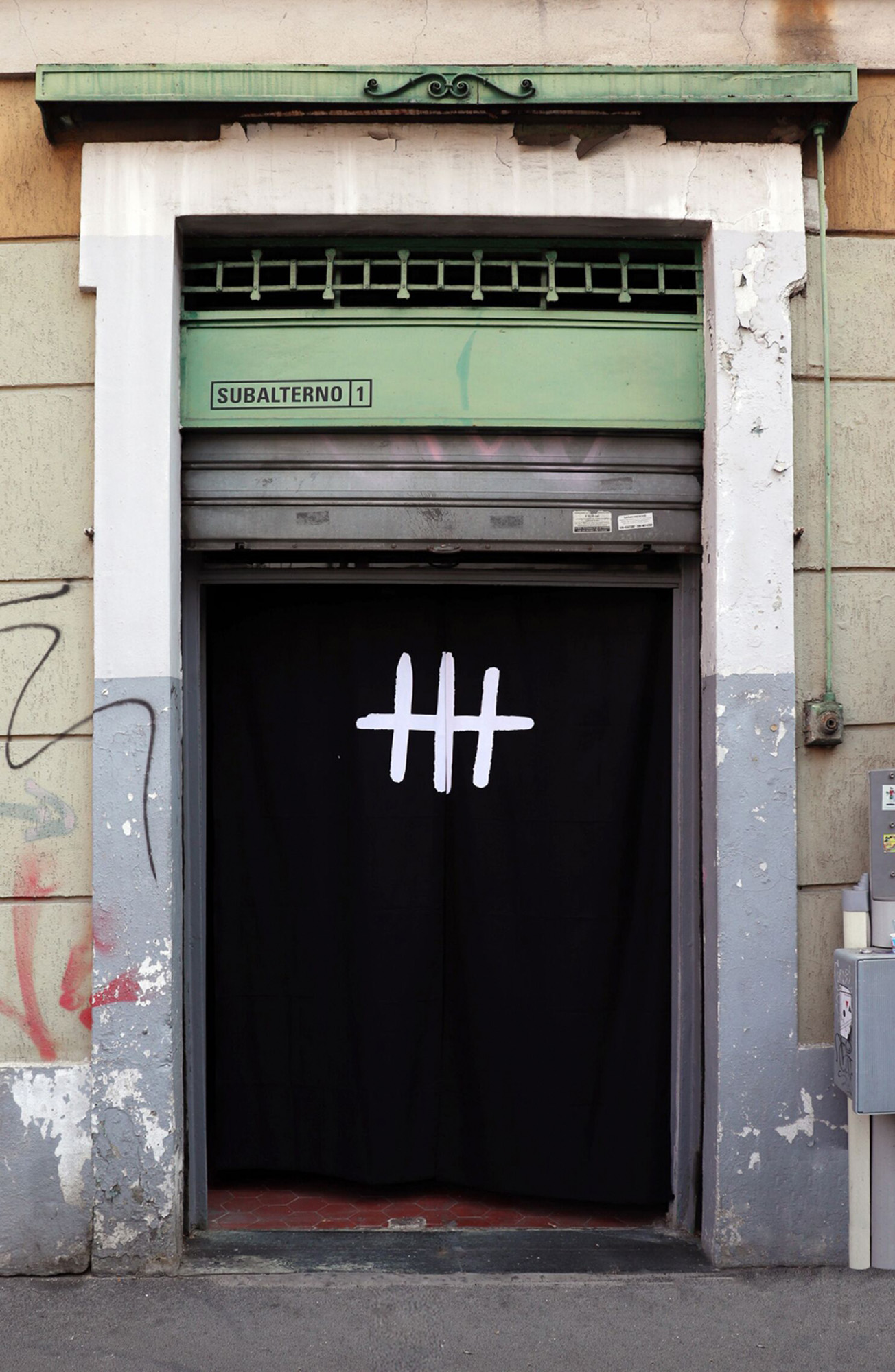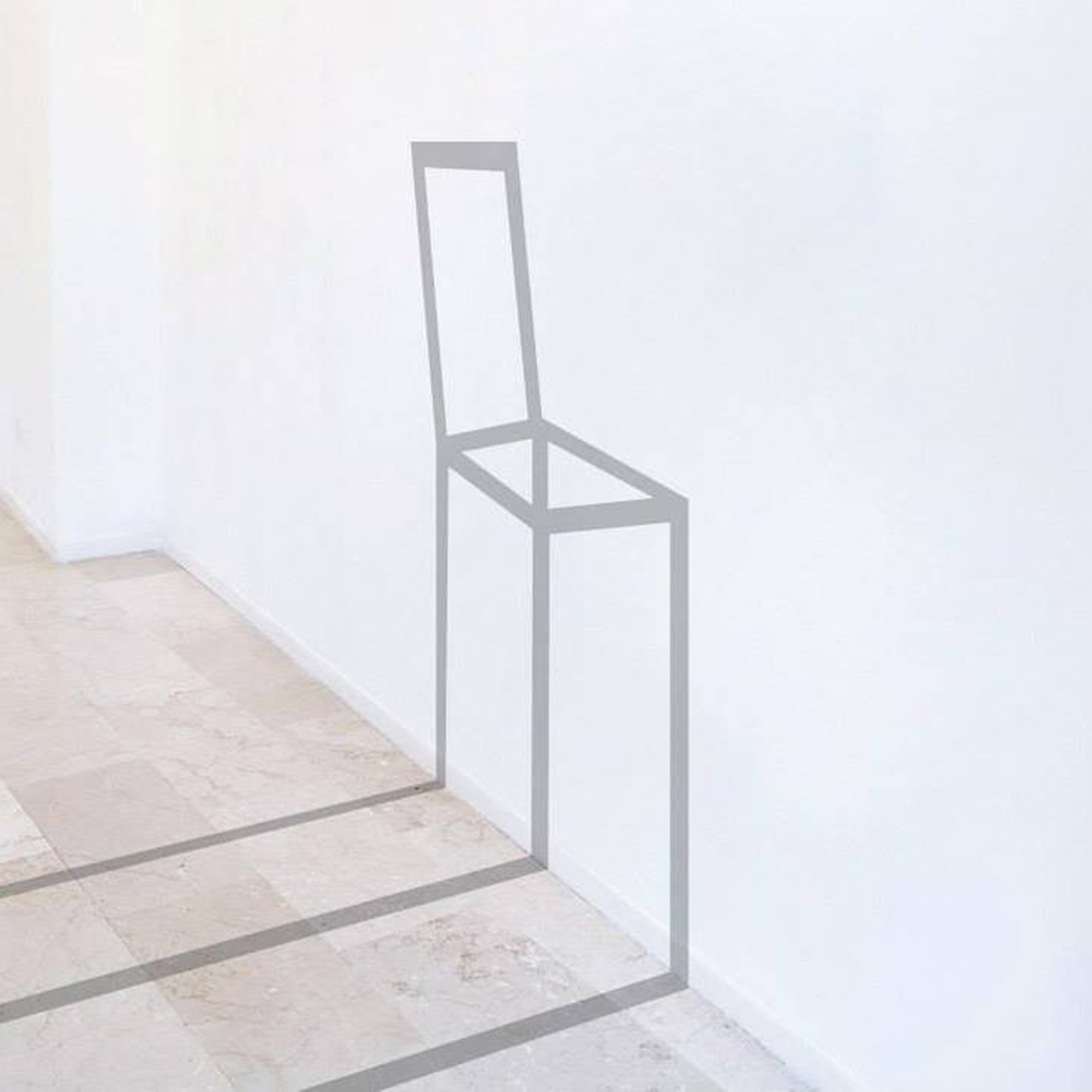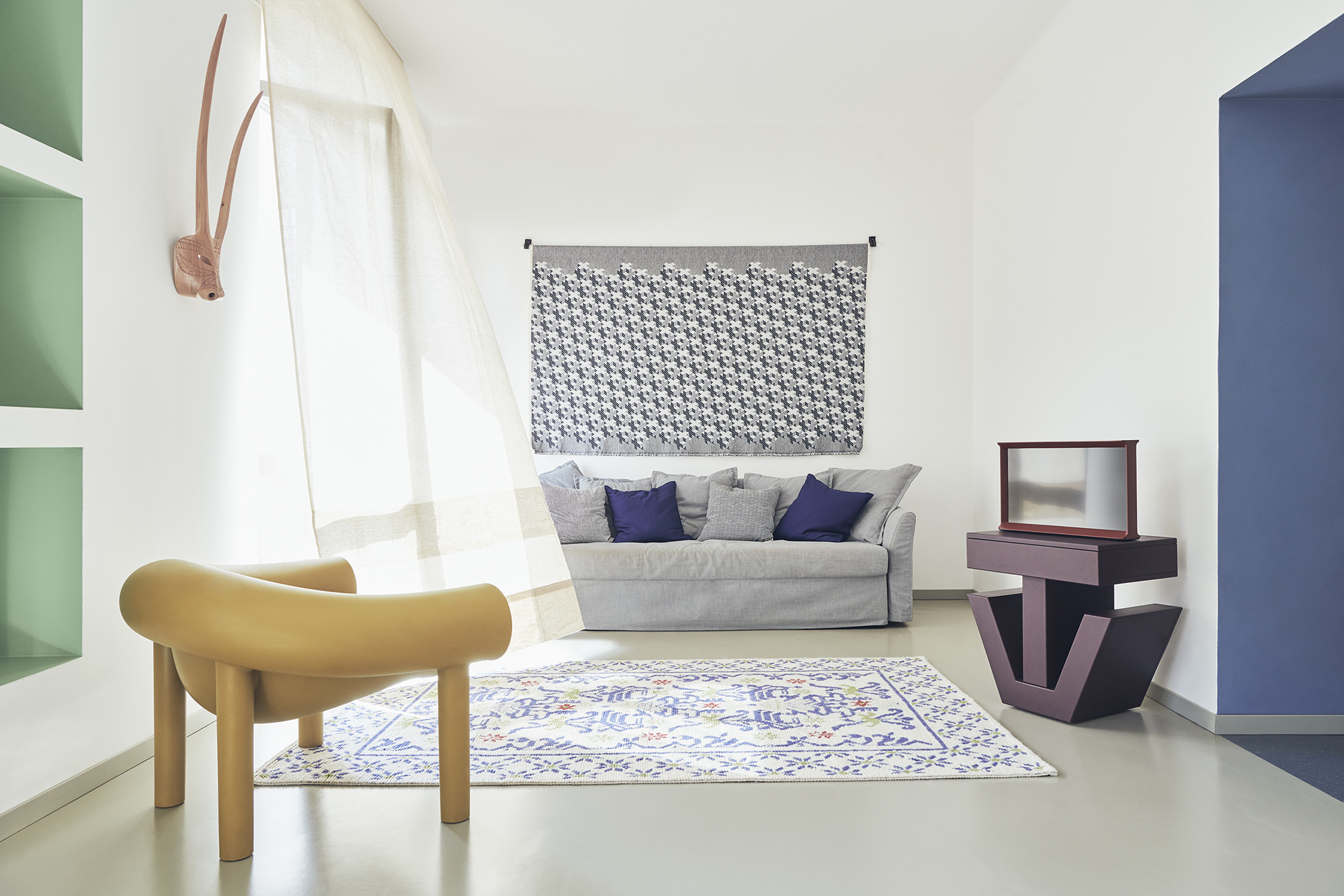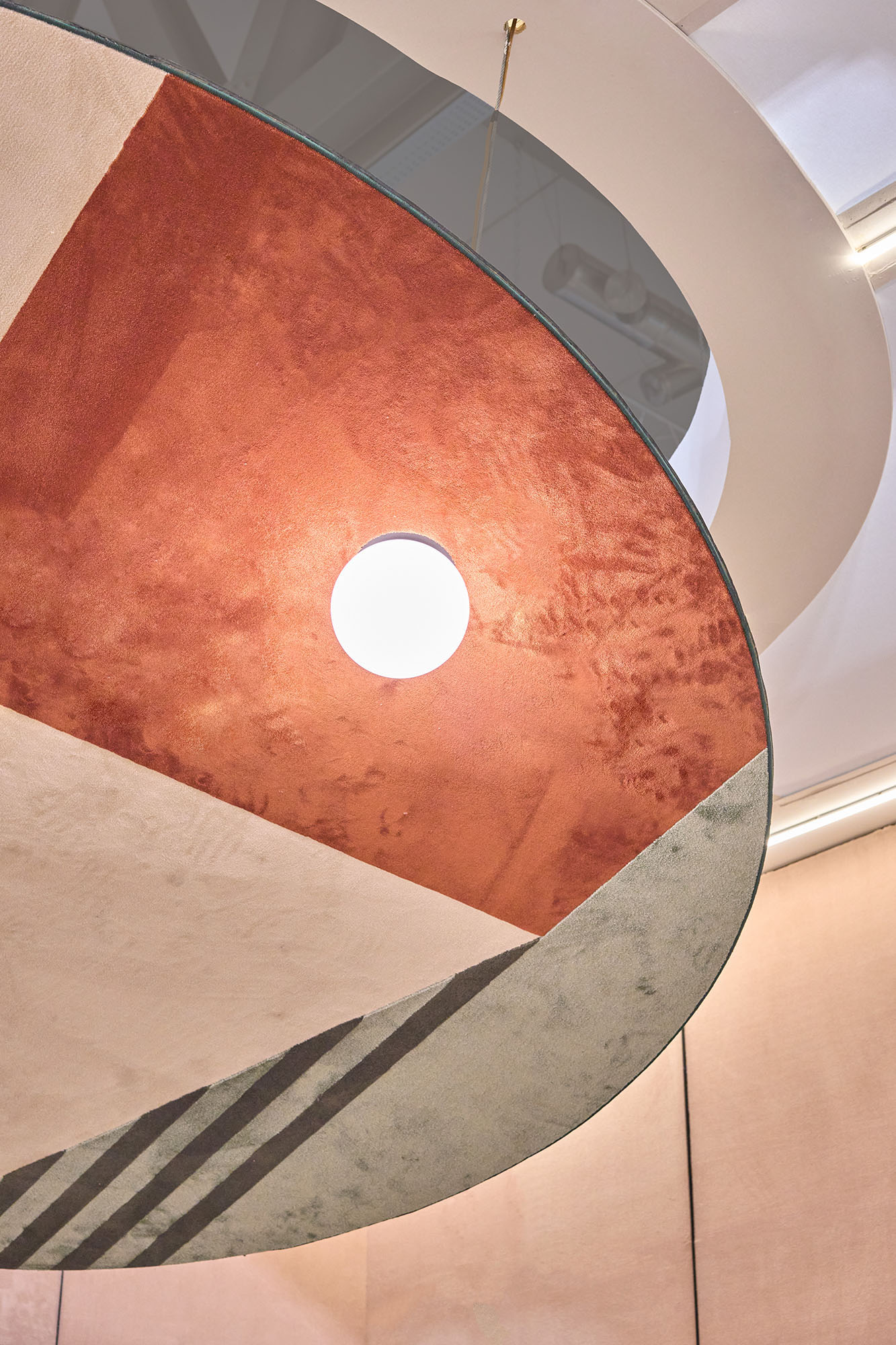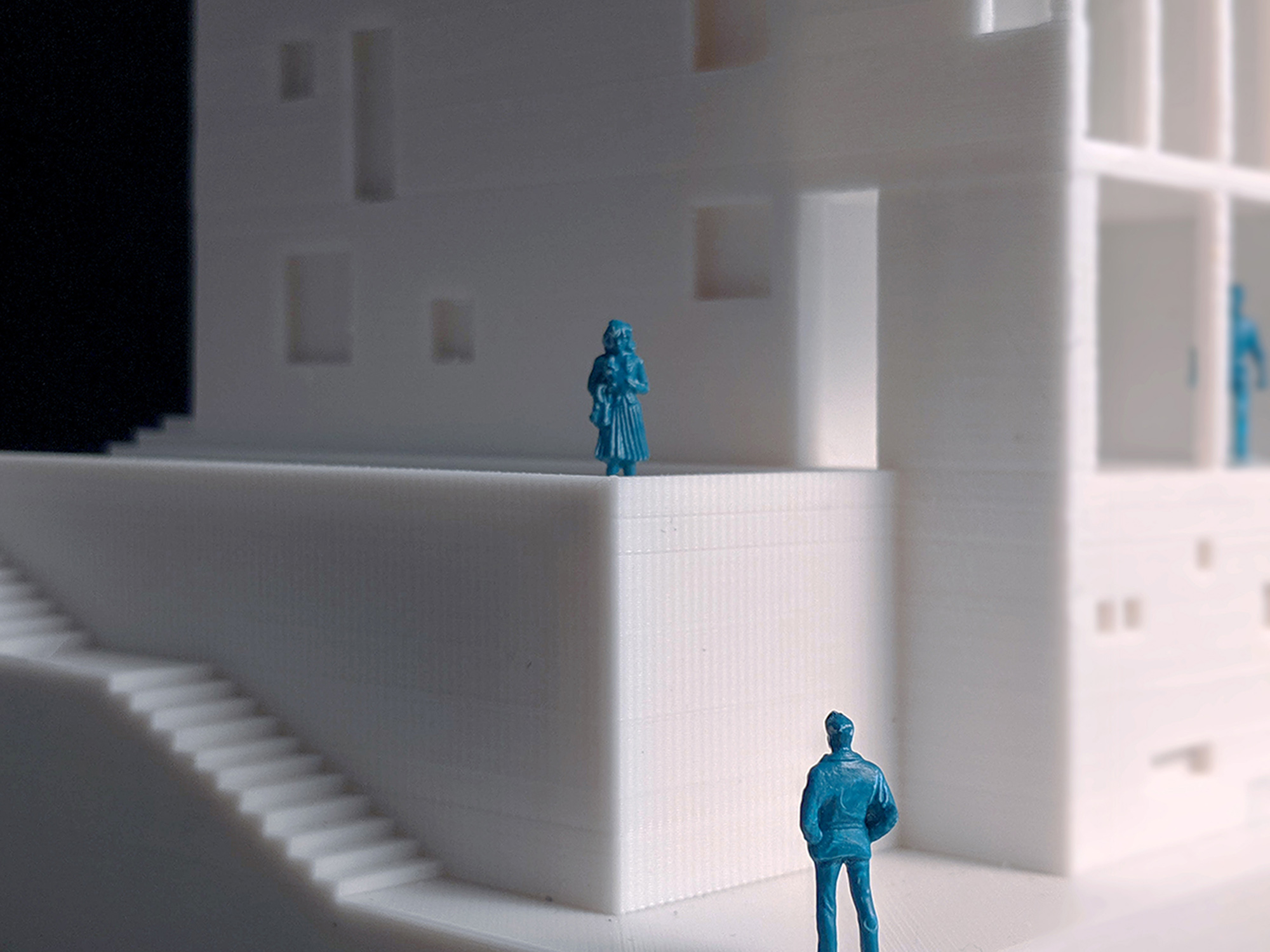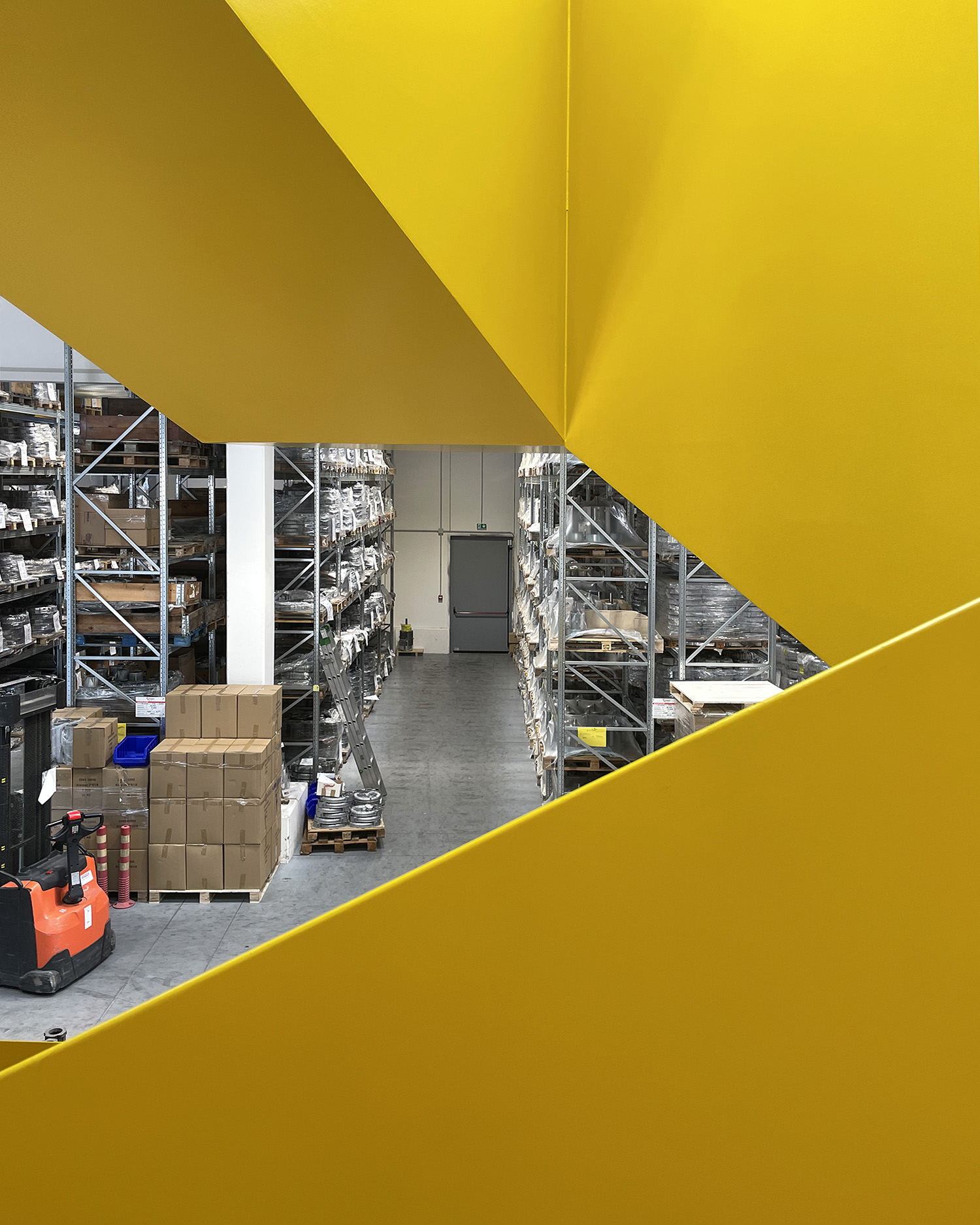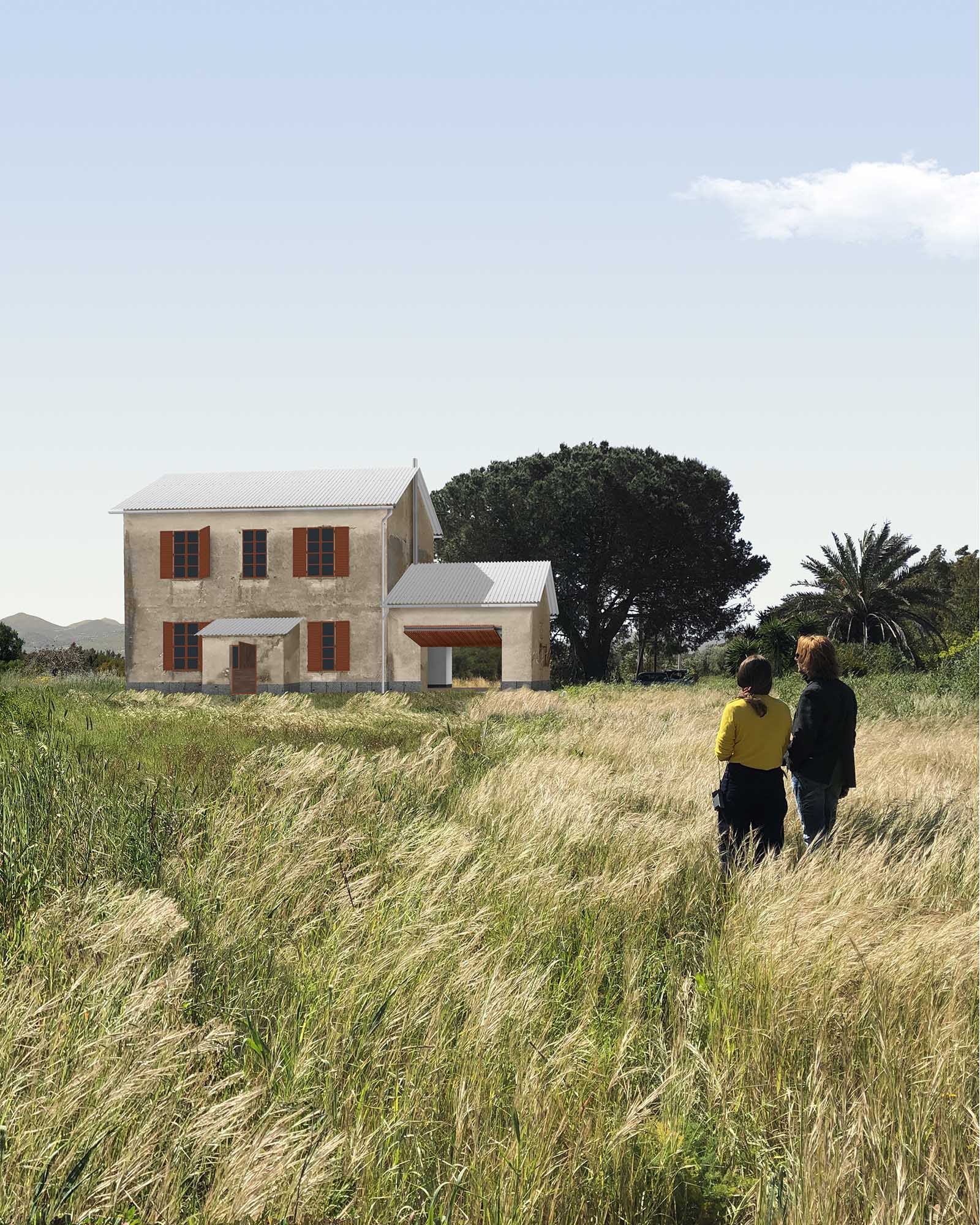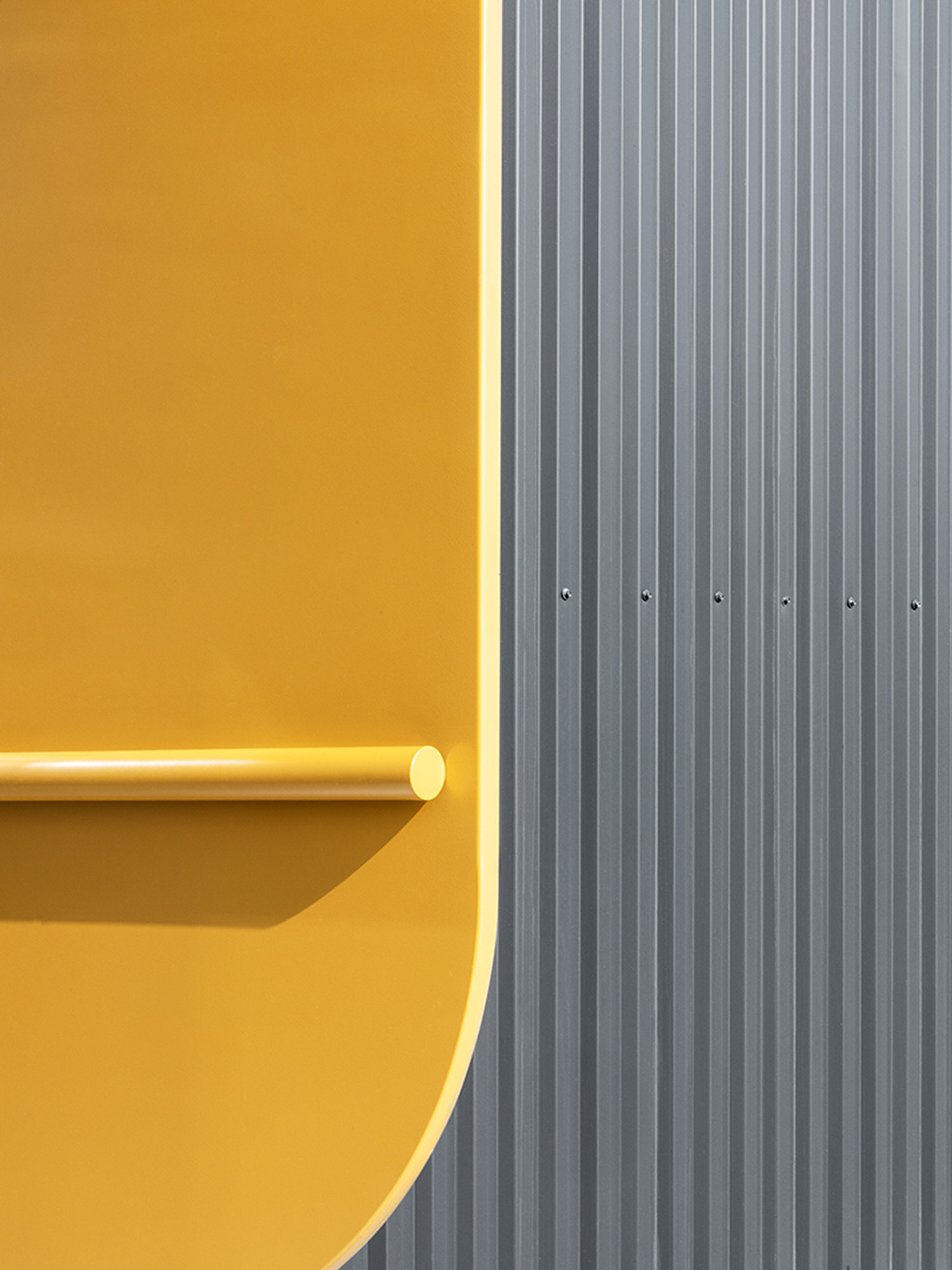
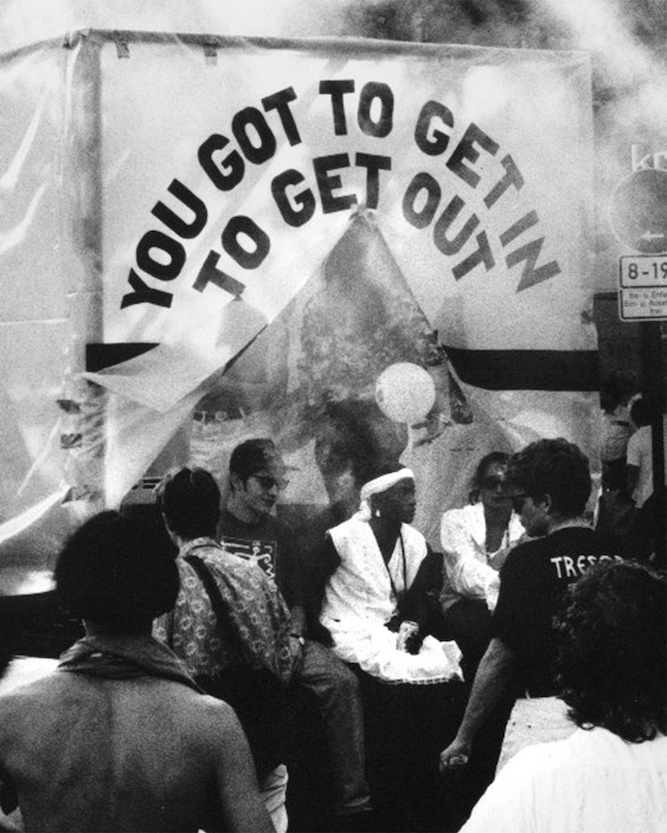
Discorivoluzione is a research project by Politecnico di Milano, Le Cannibale and PAC – Padiglione d’Arte Contemporanea, reflecting on the contemporary meaning of clubbing 1. An open investigation that collects testimonies, traces and fragments of an ephemeral and revolutionary world still capable of intercepting the contemporary with stories that anticipated its social and cultural complexity. Electronic music, dance, dress code, assertion of one’s identity and struggle for civil rights represented an overcoming of the pure material scale of these “Discomusical Interiors,” transforming them into places of experimentation of a new (transterritorial) ecosystem of change. 2-Tresor van at the Love Parade, 1991 Photo ©Oliver Wia, Tresor Records A multiplicity of trends and behaviors that developed an exploratory code in which the discotheque became a site of negotiation, political activism, and often a rewriting of the relationships and rights that governed it internally. Discorivoluzione presents the results of a three-year research cycle on the themes of clubbing and its revolutionary propulsion, developed through the synergy of students and faculty of the Interior Design Studio led by Davide Fabio Colaci and Lola Ottolini.
The three exploratory sections, Discodiorama, Discoarcheologia and Discoarchivio, critically reinterpret the spatial and anthropological scenario from 1960 to the present and narrate it through a heterodox anthology of self-produced media and materials.
Lastly, five Discoinstallations, designed and self-produced by the students of the Interior Design Studio will activate the spaces of the PAC during two live music events curated by Le Cannibale, expressing their take on the present and future of disco. Five spatial archetypes as free vectors of reflection, possible visions of an “exploratory code” that has always, from the union of space and music, produced new rituals.
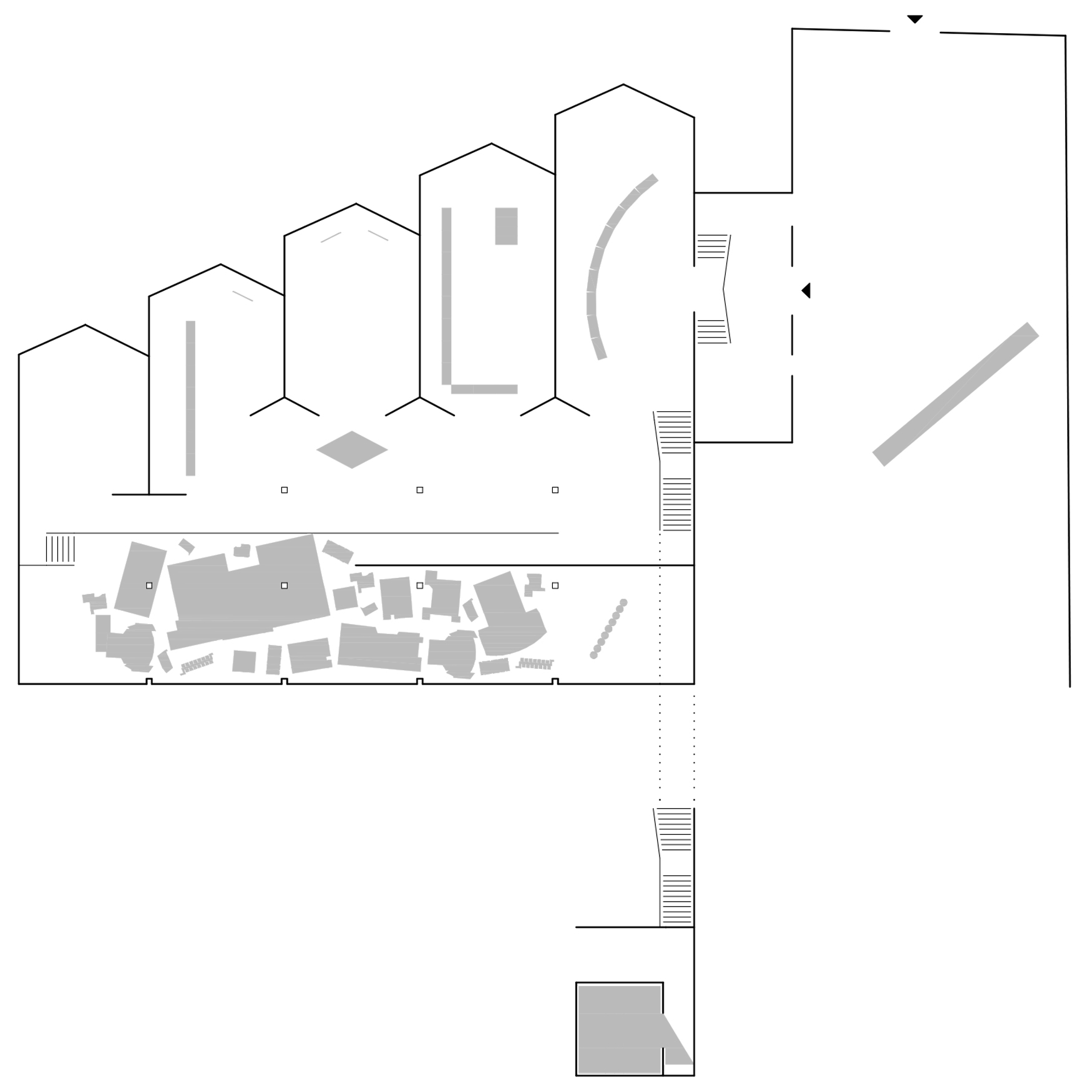
Discodiorama
The first section, “Discodiorama”, presents eighteen discos selected for their expressive power and history, some told through memories (tangible and intangible) and testimonies, others still in full and militant activity. Places close and distant, reproduced in as many paper theaters that stigmatize the events, stories and small great revolutions they produced. 3-Discodiorama 4-Discodiorama 5-Discodiorama
Discoarcheologia
The second section, “Discoarchoelogia”, is a thoughtful collection of fragments. Ephemeral objects, ordinary or exceptional, original and reproduced, real “fireworks” that together draw a new archaeology to be reread according to new perspectives. A transitory but precious collection like everything that has not survived from this world. 6-Discoarcheologia 7-Discoarcheologia 8-Discoarcheologia 9-Discoarcheologia
Discoarchivio
The third section, “Discoarchivio”, is a heterodox anthology of images, videos, documents, drawings, and interviews on behaviors and actions related to the world of clubbing. An archive composed of the personal research of more than one hundred and fifty students over three years and representing the visual universe of an anthropological and spatial system without boundaries. This section, of which we present only a small part, aims to make visible the intertwining that the world of the body, music, and politics has had and continues to have within our lives. From the break dance of then Prince Charles to the viral video of Finland’s prime minister Sanna Marin dancing wildly with friends. Stock footage, snippets, videos and socials using dance as a mode of expression and interviews with founders and musicians of discos at the edge of the world. A magma of images and information that together describe a complex scenario that cannot be summarized in a single image, just like a dancing crowd. 10-Discoarchivio 11-Discoarchivio 12-Discoarchivio 13-Discoarchivio 14-Discoarchivio
Discoinstallazioni
From disco to disco: A spatial and luminous sign inserted in the PAC courtyard announces and accompanies towards the entrance of Discorivoluzione. A place of suspension between inside and outside, a ritual of waiting that constitutes the first symbolic space of disco. Five letters on slender metal stems: D I S C O, give life to an ethereal, weightless, almost fragile composition.
Project team: Anna Ciapetti, Giulia Colombo, Greta Gervasio, Marta Ghirardello, Irene Guerra, Elisa Leutner, Giorgia Magni, Allegra Manetti, Elisa Mazza.
Materials: wooden structure, metallic stems ARKY, Bencore cladding, Set-up Sangalli Arredamenti
Losing my religion: The DJ station is the centerpiece of the disco and as such stands undisturbed in its monumentality beyond the aisles of the Contemporary Art Pavilion. Like a sacred and mysterious monolith it guards within it the DJ who, like a priest, plays, enchants and makes the audience dance. The iridescent skin that covers the device moves continuously and vibrates sustained by the pacing of the sound waves. 15-Losing my religion 16-Losing my religion 17-Losing my religion 18-Losing my religion
Project team: Amedeo Arrisio, Eleonora Barbera, Riccardo Brollo, Edoardo Cairoli, Giacomo Castagna, Michele Cobelli, Mattia Gradulone, Alice Rebecchi, Nicola Rizzi.
Materials: wooden structure, led ARKY, dichroic film 3M, Set-up Sangalli Arredament
Face to face: The device overturns the traditional concept of the bar through nine totemic elements that conceal the figure of the bartender and the preparation of the cocktail. The relationship between customer and bartender occurs solely through the sudden movement of one of the turnstiles located above the structure. The customer receives the drink and simultaneously a symbolic message written on the rotating panel. 19-Face to face 20-Face to face, Ballando su tutti i dancefloor del mondo
Project team: Guglielmo Chiappa, Marco Fontanari, Simone Maistrello, Gabriele Manciagli, Ilaria Masciarelli, Alessandro Perrino, Adrian Razvan Pisoiu, Elisa Viganò, Federica Vitelli
Materials: wooden structure ARKY, Bencore cladding, Set-Up Sangalli Arredamenti
Ballando su tutti i dancefloor del mondo: The dancefloors of the world’s most famous discos, places of social and musical change, draw a floor like a giant Palladian. The archetypal dancefloor takes on freer and more poetic characters by fixing on the glass window some quotes related to the episodes that have characterized the history of clubbing. Ballando su tutti i dancefloor del mondo (Dancing on all the dancefloors of the world) is the special effect (or metaphor), which will unite the audience throughout the evening. 21-Ballando su tutti i dancefloor del mondo 22-Ballando su tutti i dancefloor del mondo
Project team: Ludovica Antolini, Bianca Balzarini, Sabrina Cocchi, Giulia Francaviglia Giudici, Gabriele Galloso, Jan Gambelli, Francesca Giotto, Matteo Marion, Pietro Giulio Pavesi.
Materials: mirrored and white adhesive film ARK
Voyeuroom: The privé is a place of confidentiality, intimacy and privacy, in which to free oneself from one’s masks and all moral constraints. The project proposes an immersive environment that amplifies the senses of the user. From a veiled threshold, one can glimpse (and spy on) the interior characterized by soft white carpeting that retains traces of the passage. The articulation of the floor plane generates unexpected relationships, amplified by mirrors and monochromatic lights. 23-Voyeuroom 24-Voyeuroom
Project team: Luigi Avino, Mattia Bassani, Mattia Bauleo, Luca Bellato, Ludovica Bertini, Giulia Bertuletti, Irene Birolo, Alberto Mora, Diletta Propoggia.
Materials: wooden structure, foam, ARKY, carpet Besana Carpet Lab, Set-up Sangalli Arredamenti
Project curated by students e and professors of Interior Design Studio at Politecnico di Milano (from 2020 to 2023), supported by Albert Hofer, Marco Greco of Le Cannibale.
Alberto Braiotta, Alberto Dapporto, Alberto Mora, Alberto Zadra, Alessandro Di Nucci, Alessandro Perrino, Alessia Belotti, Alessia Brambilla, Alessia Calzato, Alessia Maierna, Alice Ballabio, Alice Bettaini, Alice Rebecchi, Alice Rimini, Allegra Manetti, Amedeo Arrisio, Ana Kostic, Andrea Acampora, Andrea Roveroni, Anna Chiara Ciapetti, Anna Lotto, Anna Sottocorno, Arianna Capitanio, Arianna Milazzo, Asia Incipini, Aurora Bosia, Bianca Balzarini, Camilla Mauri, Carlotta Conti, Cecilia Angelelli, Chen Minighui Luca Rondanini, Chiara Giulia Bandello, Chiara Lionello, Chiara Maggi, Clarissa Bianchi, Claudia Lombardi, Claudia Saviori, Daniele Arcaini, Daniele Manfre, Davide Fabio Colaci, Davide Pellegrini, Davide Rapezzi, Diletta Maria Propoggia, Donato Vuka, Dora Altamore, Drozina Carlotta Russo, Edoardo Cairoli, Edoardo Carucci, Elena Martini, Elena Sorace, Eleonora Barbera, Eleonora Masperi, Elisa Bonatti, Elisa Celegon, Elisa Crippa, Elisa Leutner, Elisa Mazza, Elisa Viganò, Emma Balzarolo, Emma Loi, Erica Fallarini, Erika Ferrari, Federica Formenti, Federica Vitelli, Filippo Capelletti, Francesca Giotto, Francesca Guccione, Francesca Preda, Francesca Ragosa, Francesco Agostini, Gabriele Galloso, Gabriele Manciagli, Gabriele Valenzani, Gaia Di Gregorio, Gaia Grimoldi, Gaia Longano, Giada Maggi, Giacomo Castagna, Giacomo Spinelli, Gianfranco Sava, Ginevra Beretta, Ginevra Gaia Ausili Carenzi, Giorgia Magni, Giulia Bertuletti, Giulia Caruso, Giulia Colombo, Giulia Francaviglia Giudici, Giulia Migliorini, Giulia Novati, Giulia Valle, Gregorio Minelli Vacchi, Greta Gervaso, Greta Pancaldi, Greta Pecchi, Guglielmo Chiappa, Ilaria Masciarielli, Irene Birolo, Irene Guerra, Isotta Santus, Jacopo Cremonesi, Jan Gambelli, Kristine Beatrice Rentz, Larissa Mandy Krings, Lola Ottolini, Loredana Boca, Lorenzo Caballina, Lorenzo Cellini, Luca Bellato, Luca Traini, Lucrezia Barlocco, Lucrezia Borsari, Ludovica Antolini, Ludovica Baiardi, Ludovica Bertini, Luigi Avino, Marco Fontanari, Marco Rossi, Marco Sironi, Marco Tira, Maria Carolina Secci, Mariaclaudia Tricarico, Marta Bertazzoni, Marta Ghirardello, Marta Manzoni, Marta Mattioli, Martina Ceccojn, Martina Corrado, Martina Franzetti, Martina Simonati, Matteo Marion, Matteo Tremari, Matti Gradulone, Mattia Bassani, Mattia Bauleo, Michal Piotr Kilarski, Michela Mele, Michele Cobelli, Nicola Campri, Nicola Rizzi, Paola Corneo, Paola Ostellino, Pierluigi Salvadeo, Pietro Giacometti, Pietro Giulio Pavesi, Razavan Adrian Pisoiu, Rebecca Ajolfi, Riccardo Ferrari, Riccardo Marvulli, Riccardo Michelangelo Brollo, Riccardo Pastrello, Sabrina Cocchi, Sara Amoroso, Sara Baletti, Simone Maistrello, Sofia Ciaroni, Tommaso Caldara, Tosca Lagona, Valentina Blancardi, Valentina Freri, Victoria Annabella Mansutti, Vittoria Brusadin
Photos by Carlotta Coppo
Cover image: Immagine in copertina: Tresor van at the Love Parade, 1991 Photo ©Oliver Wia, Tresor Records
